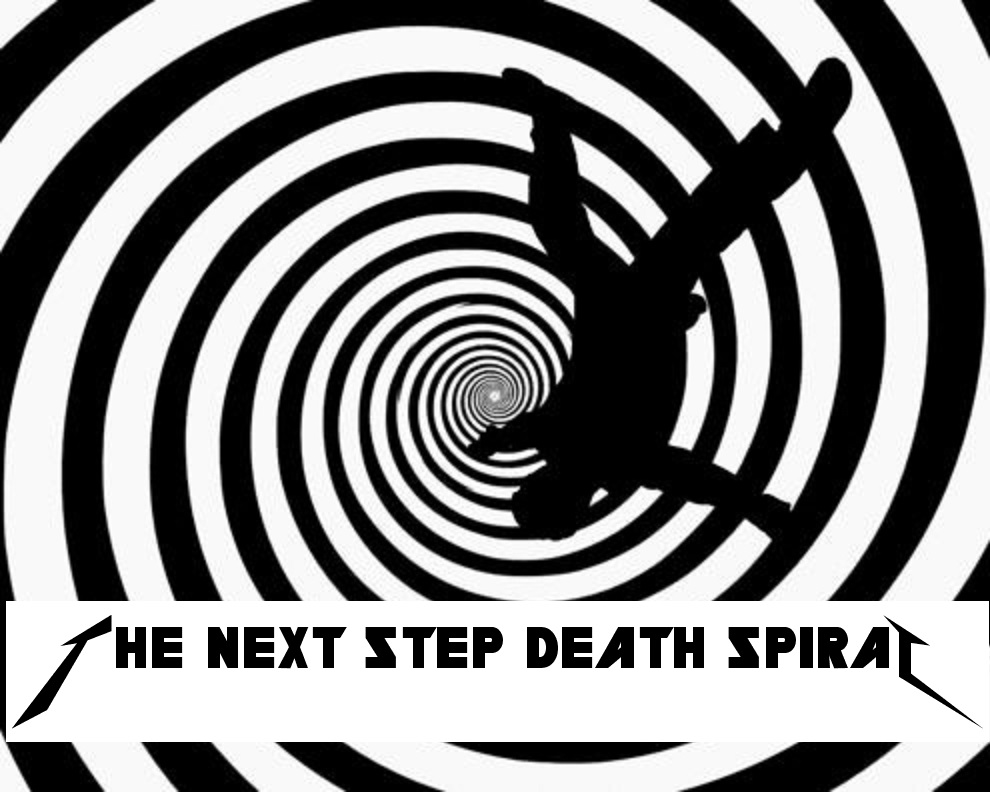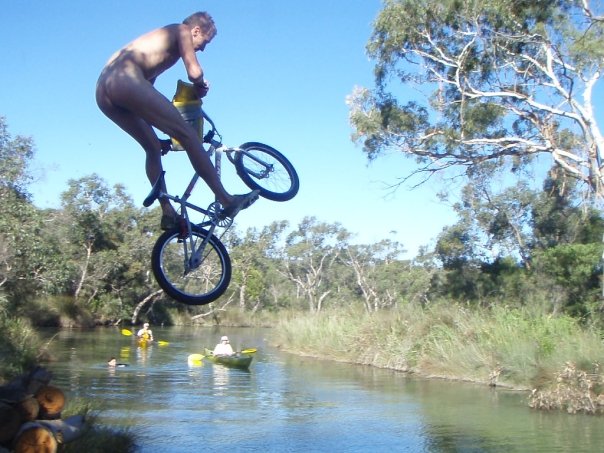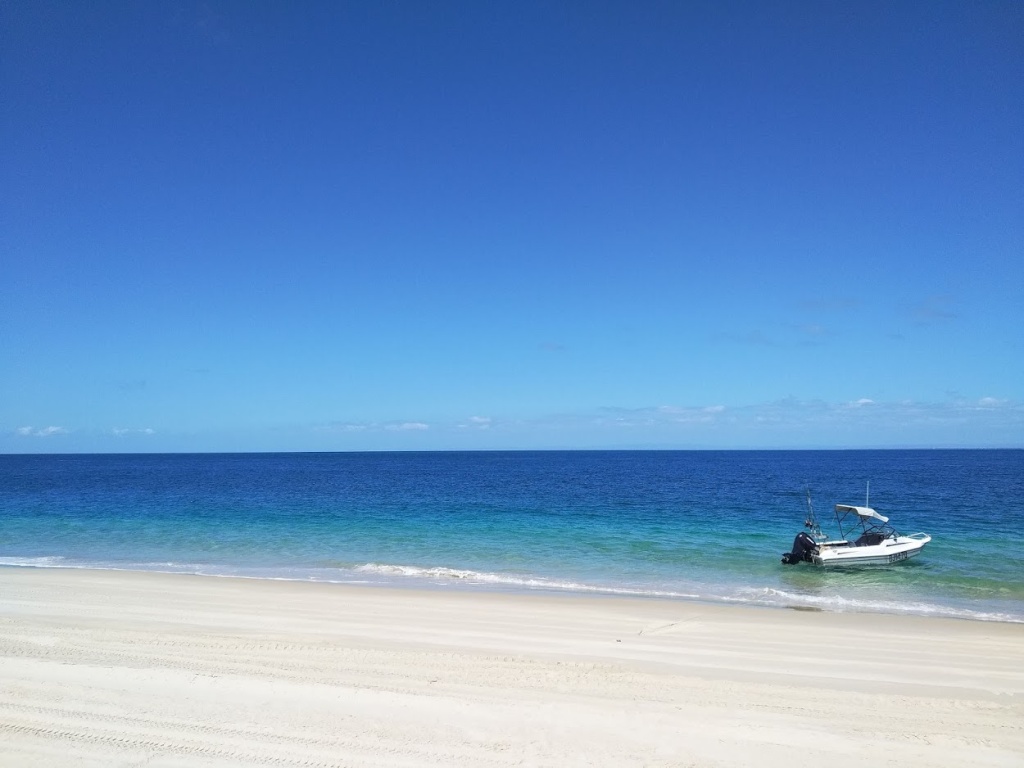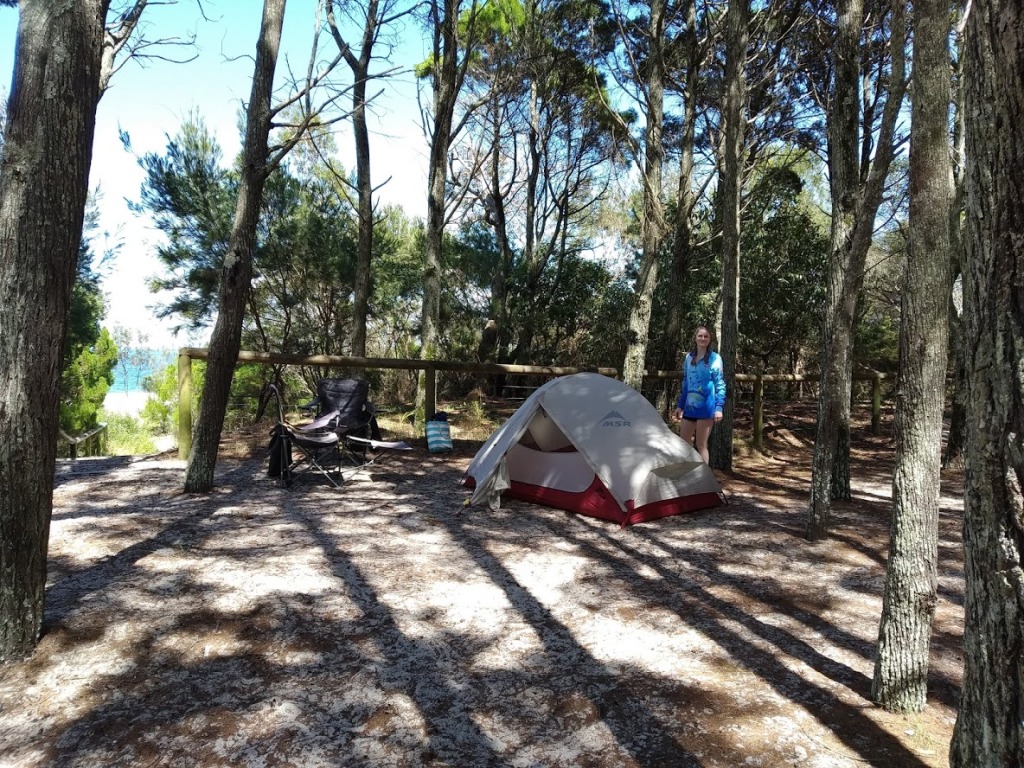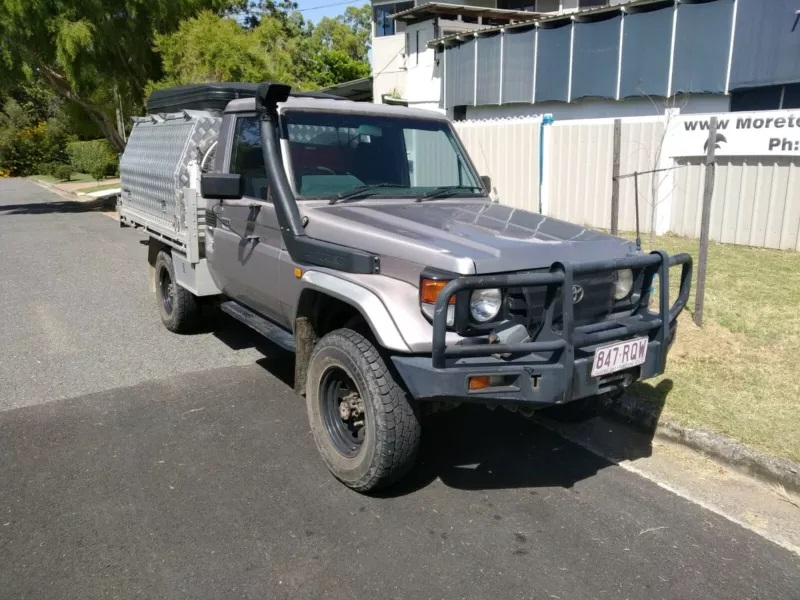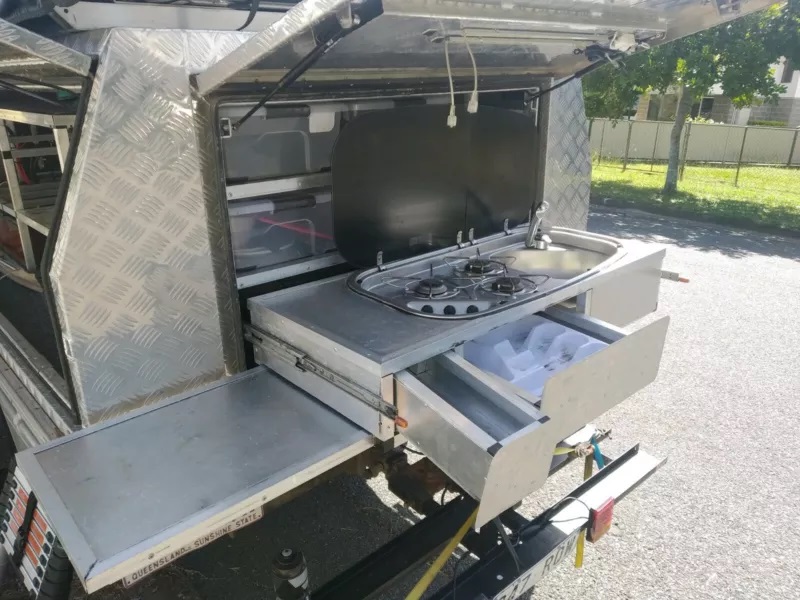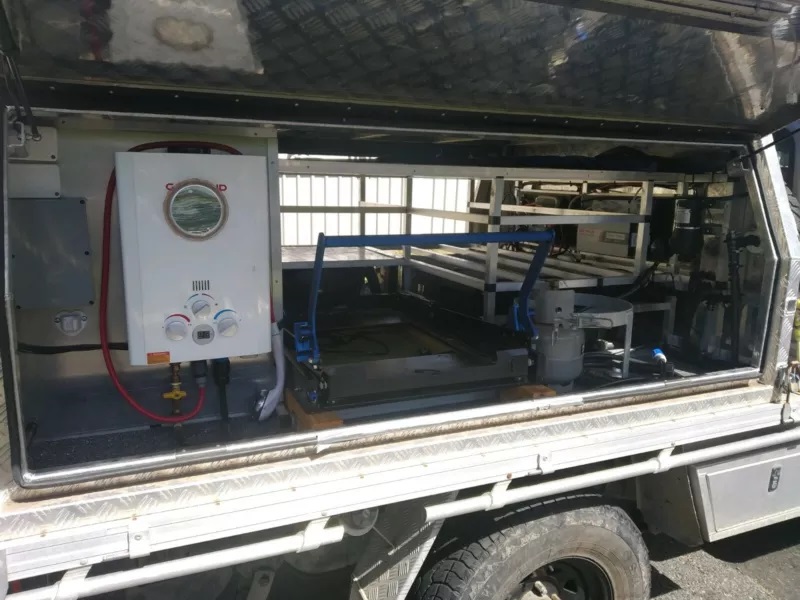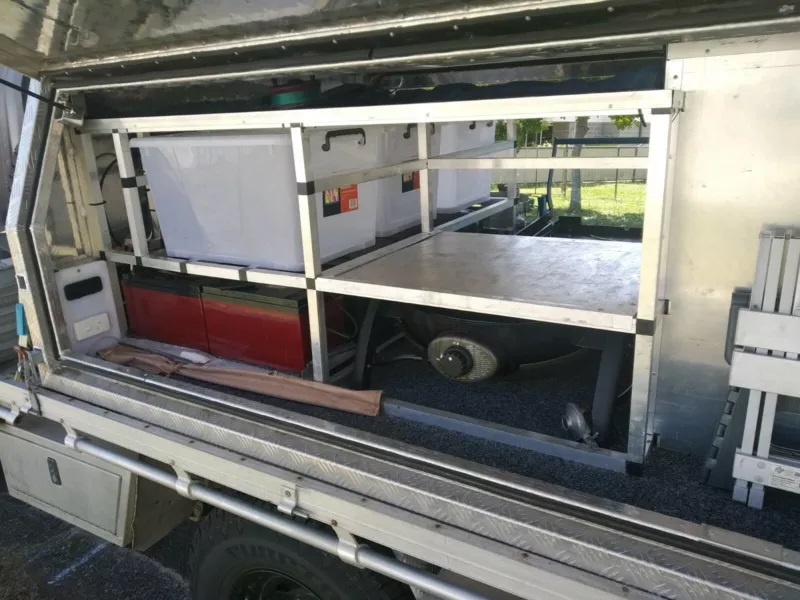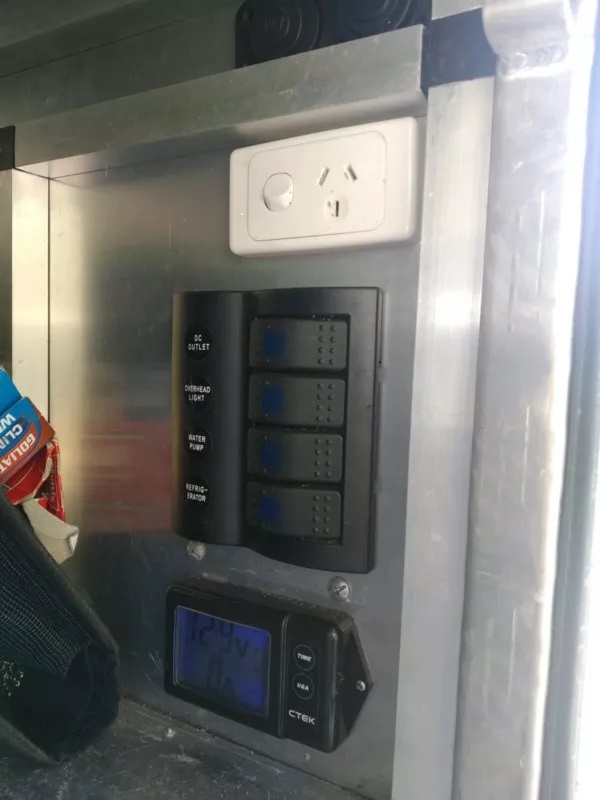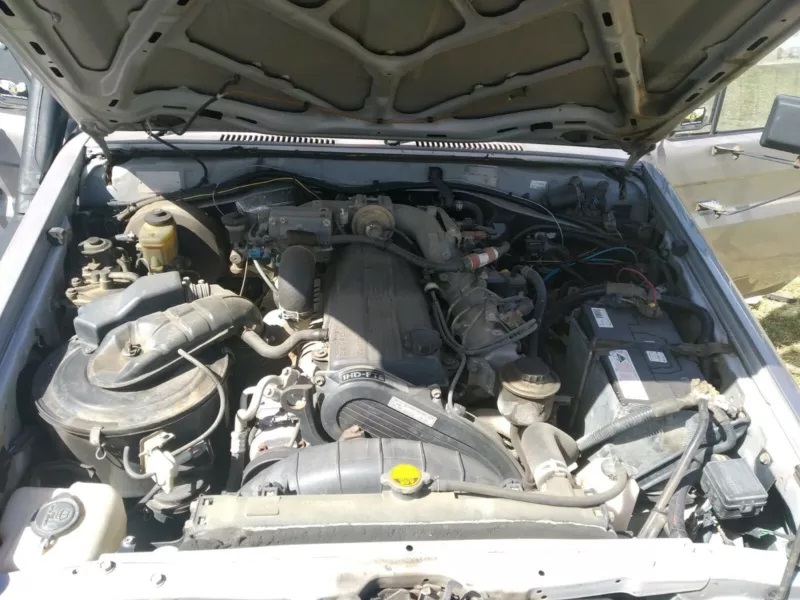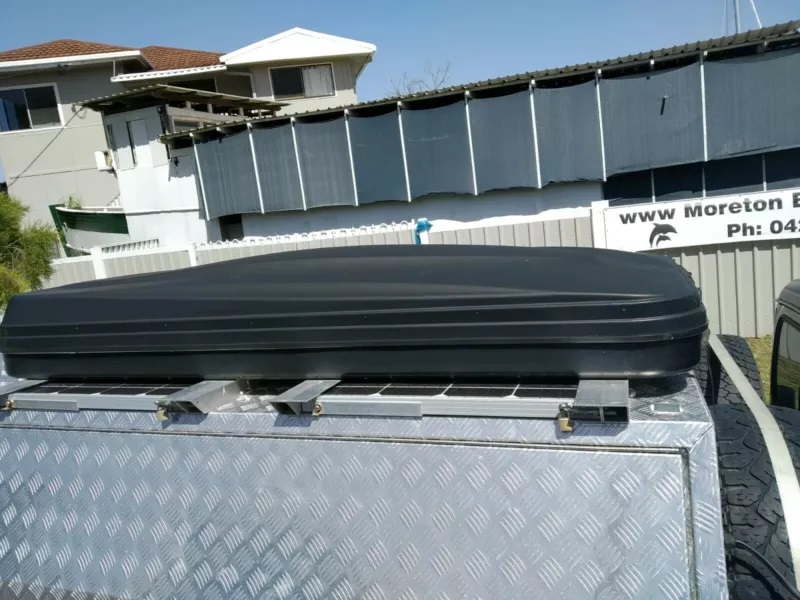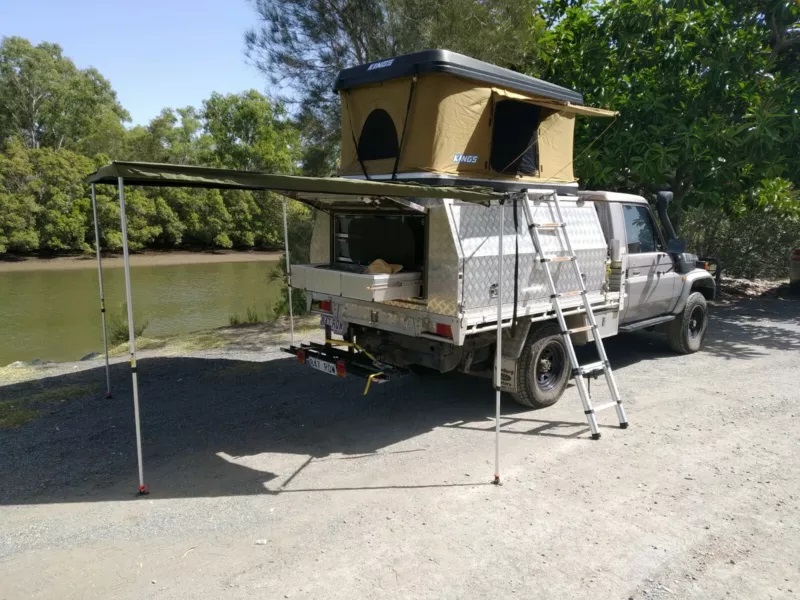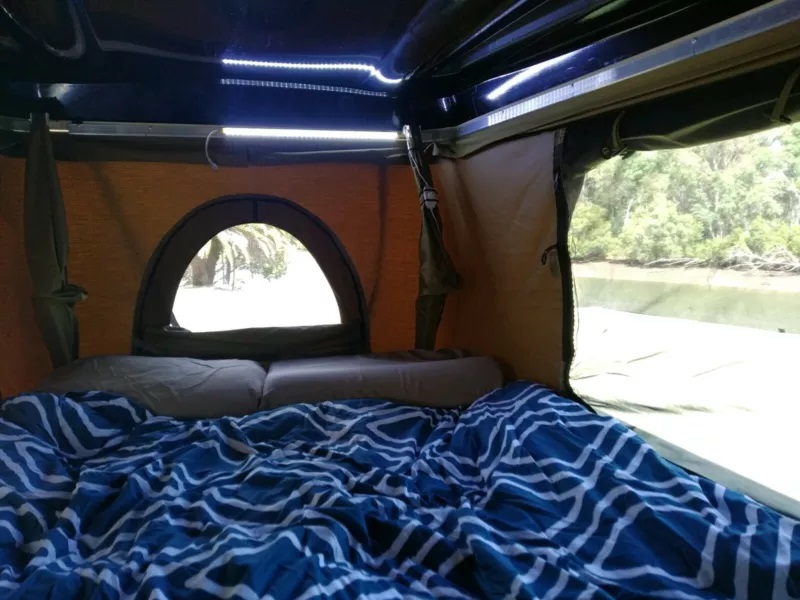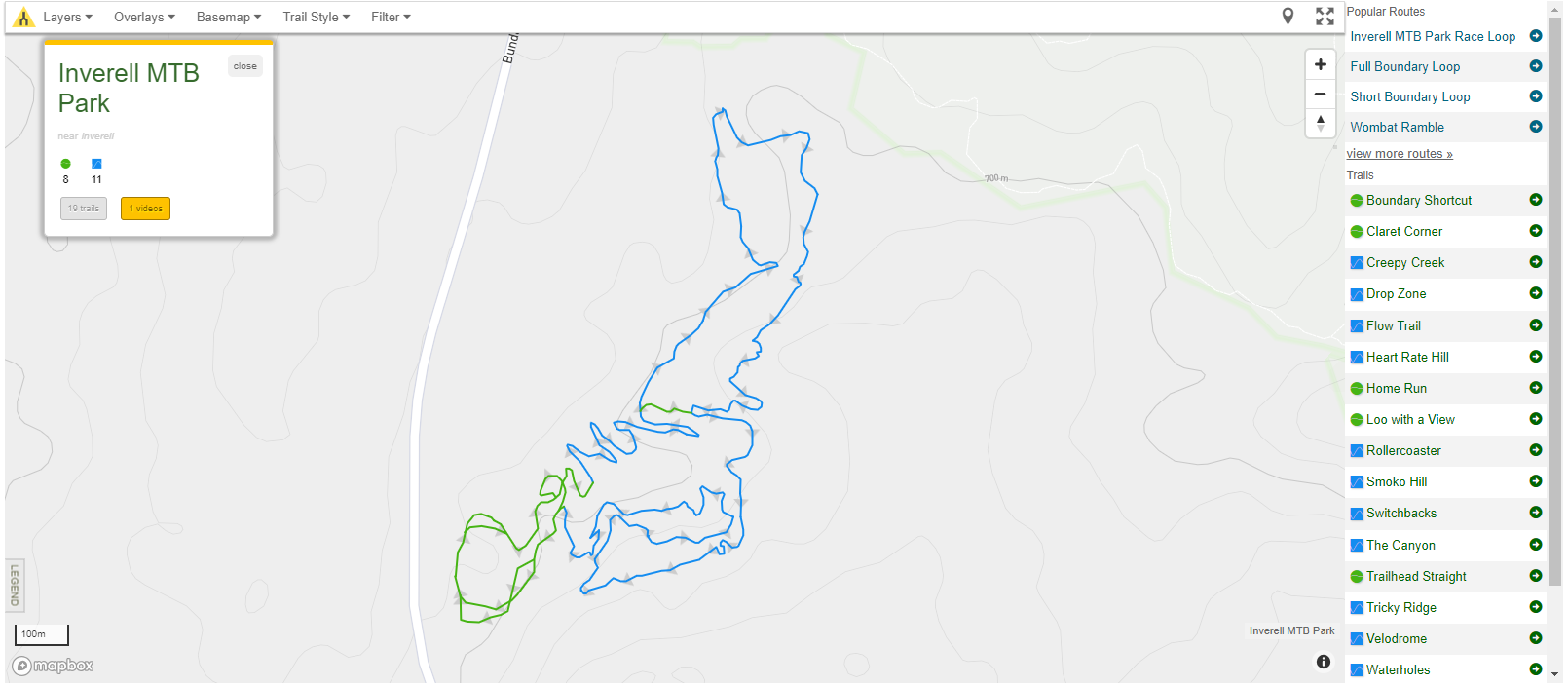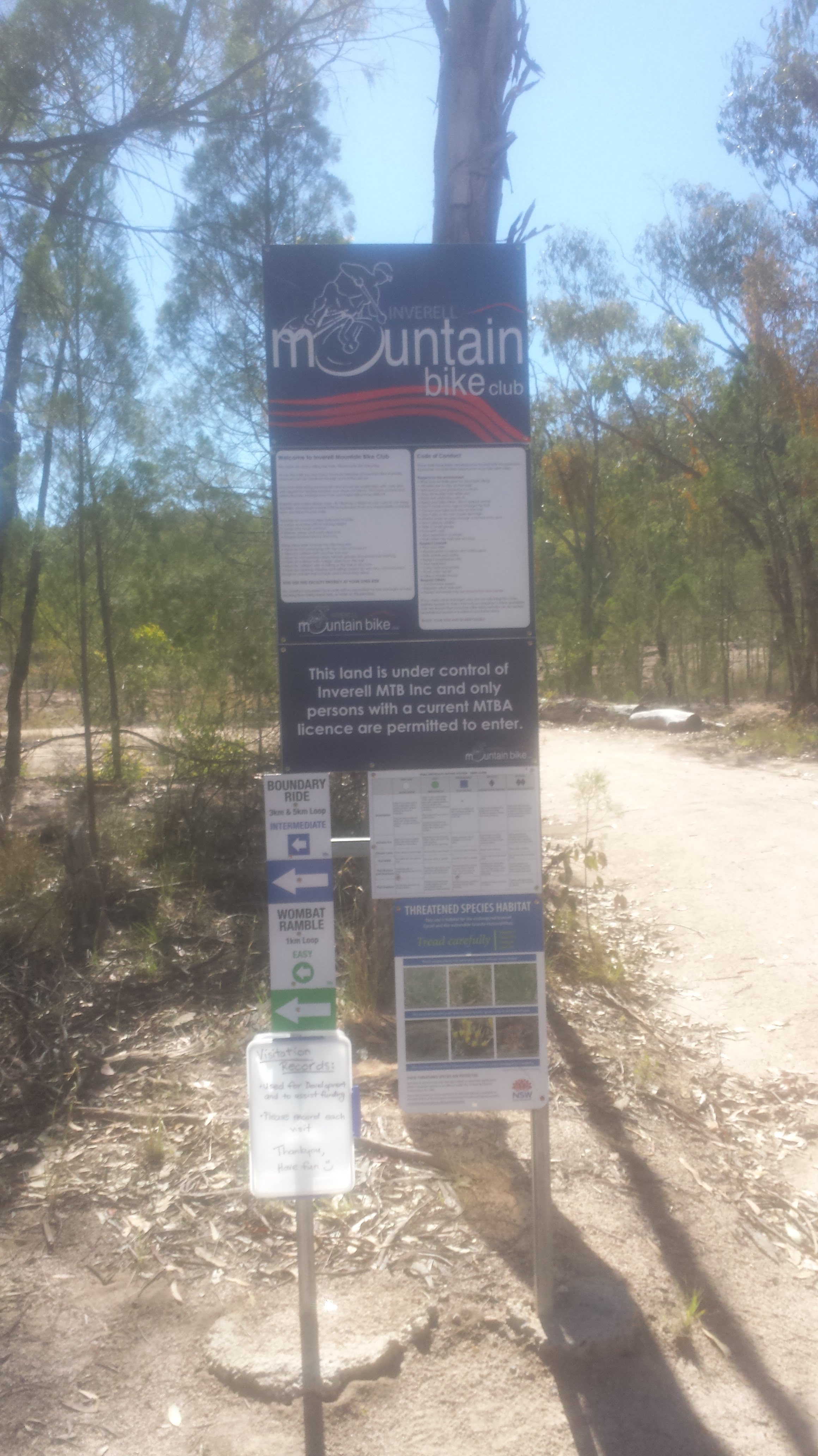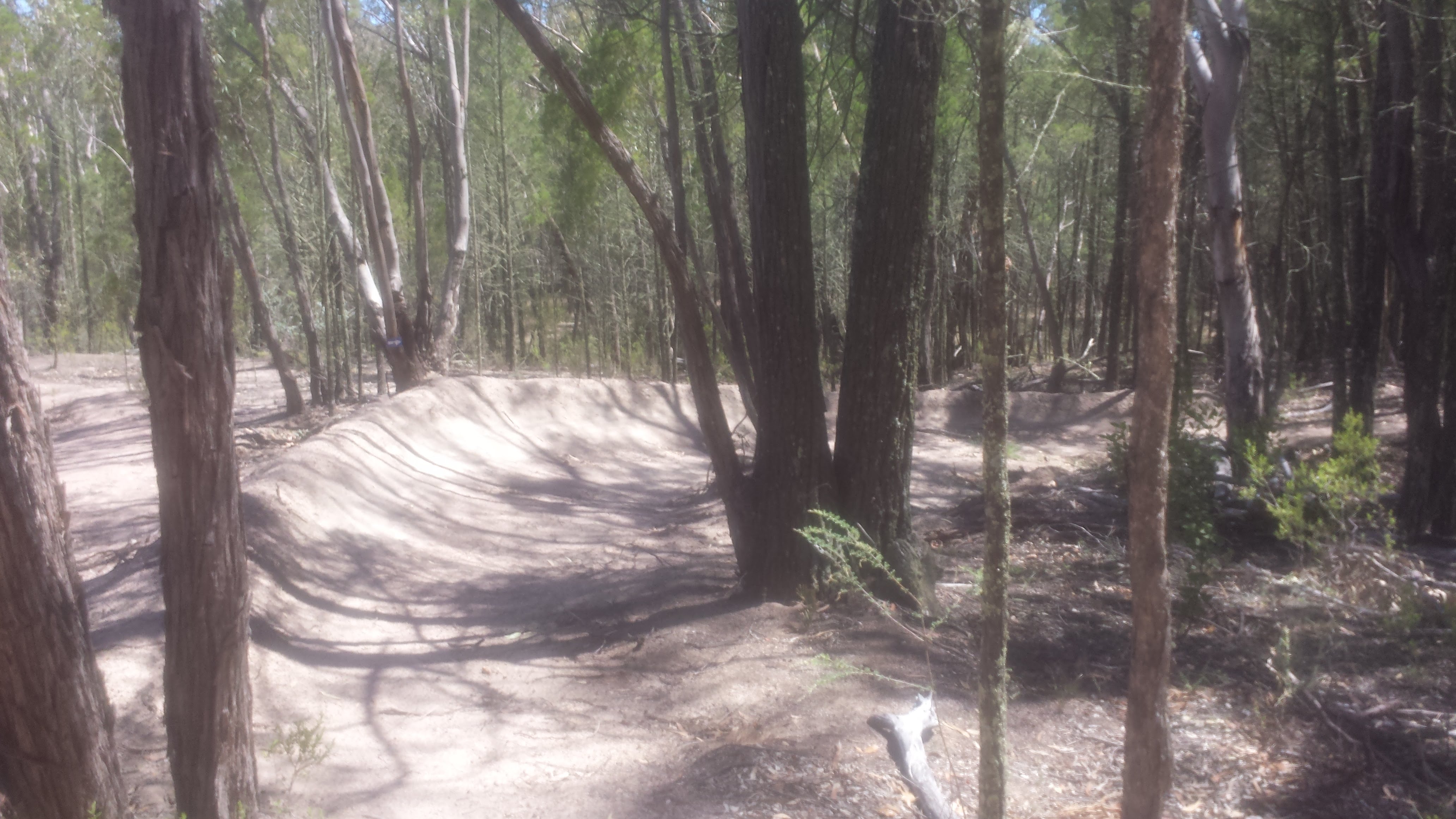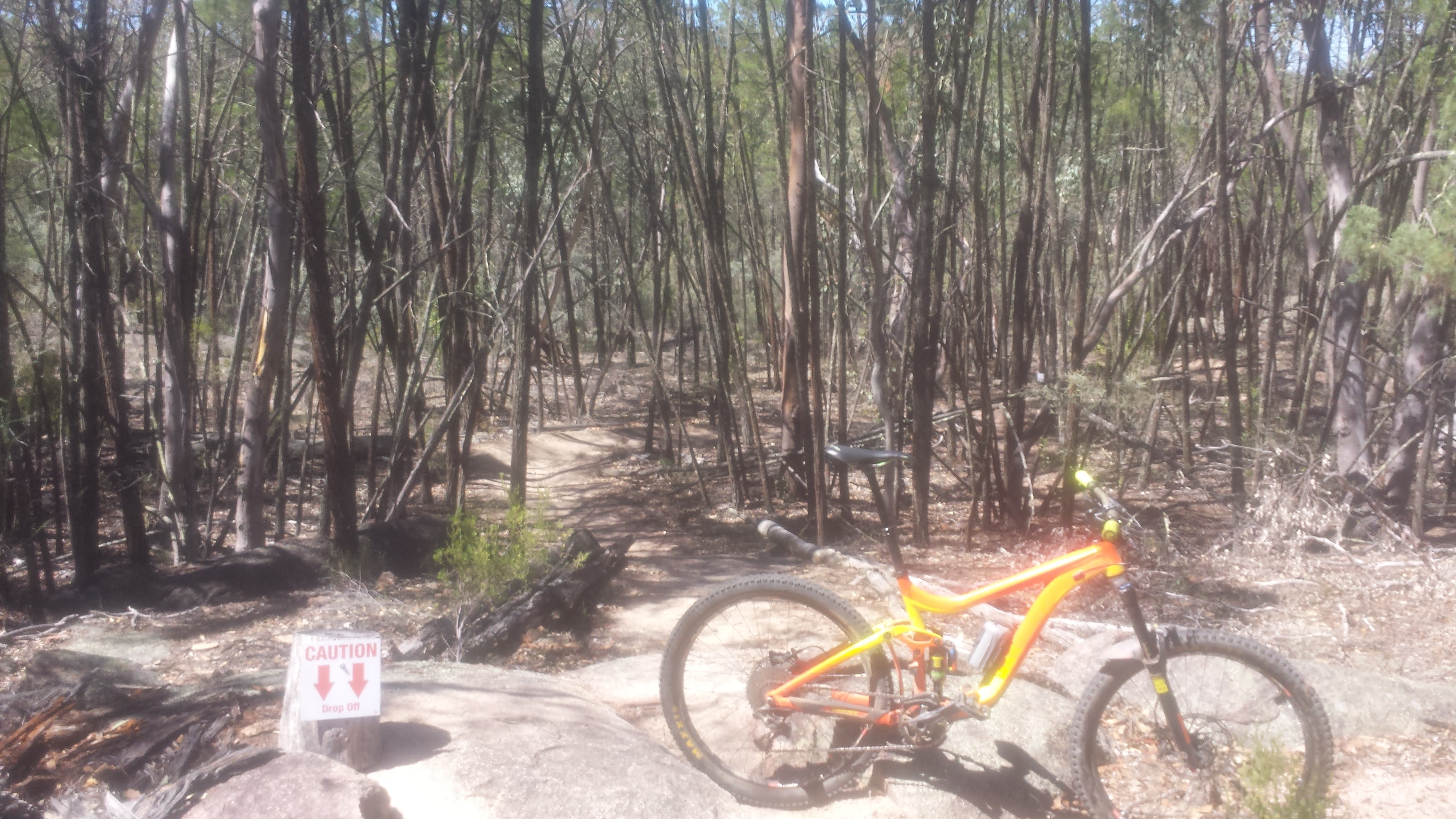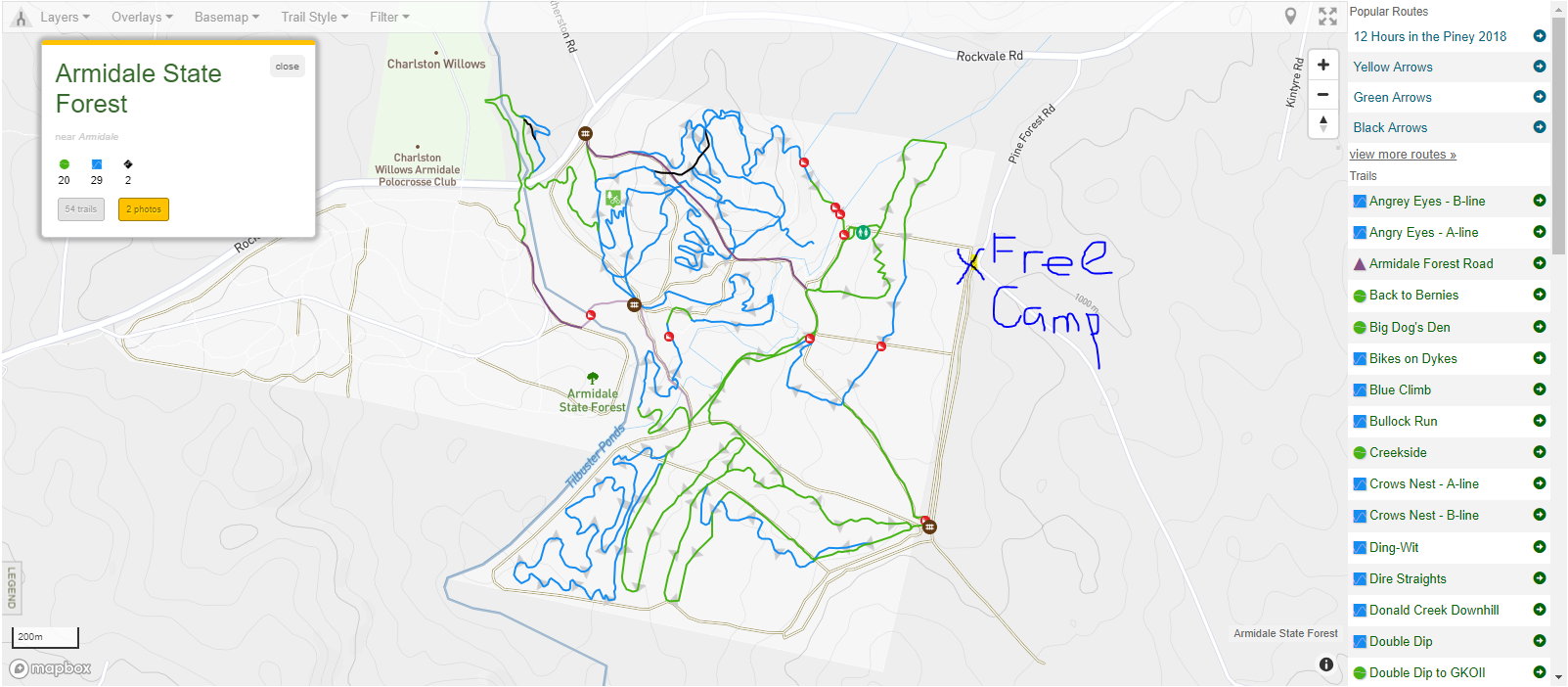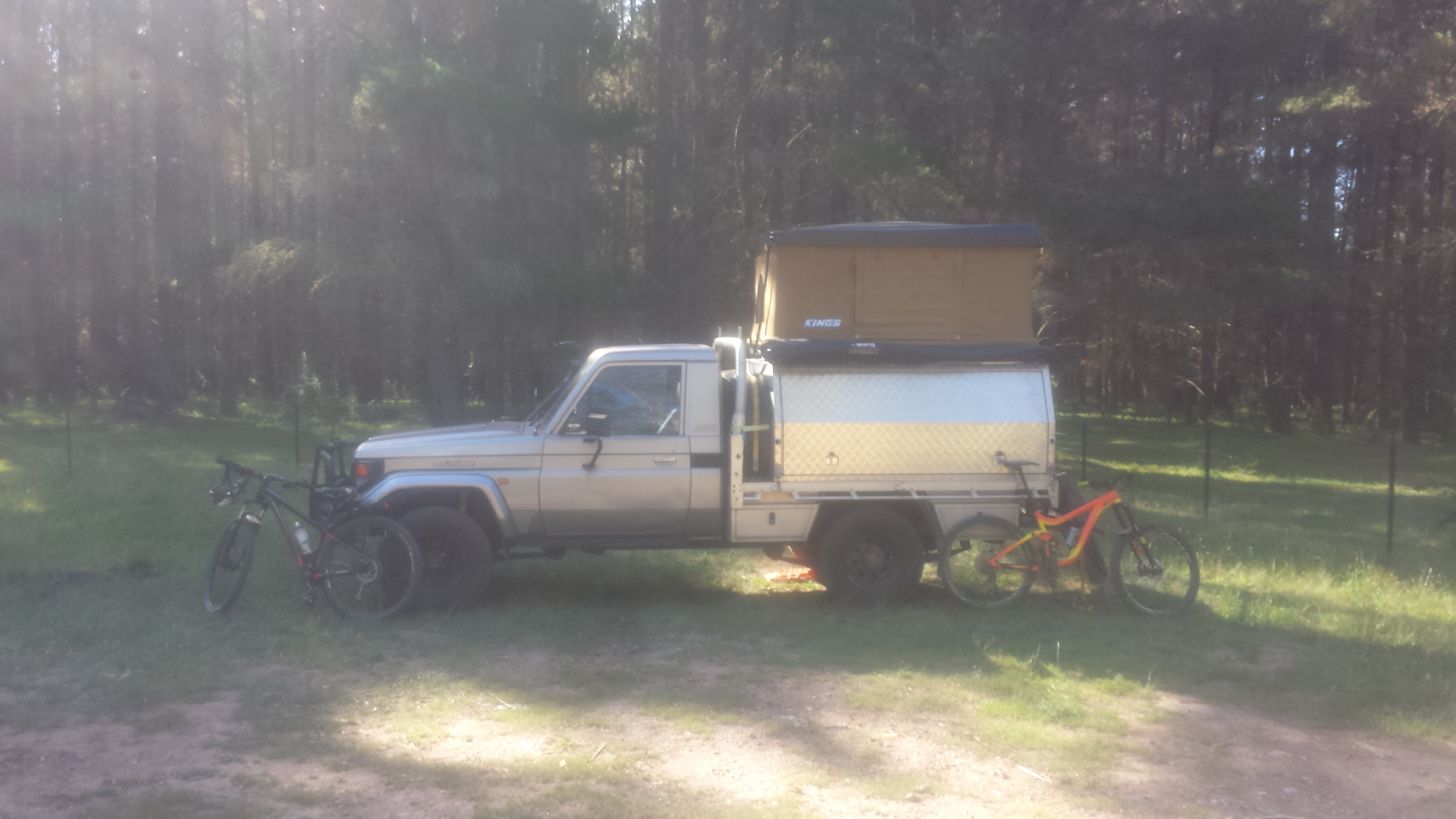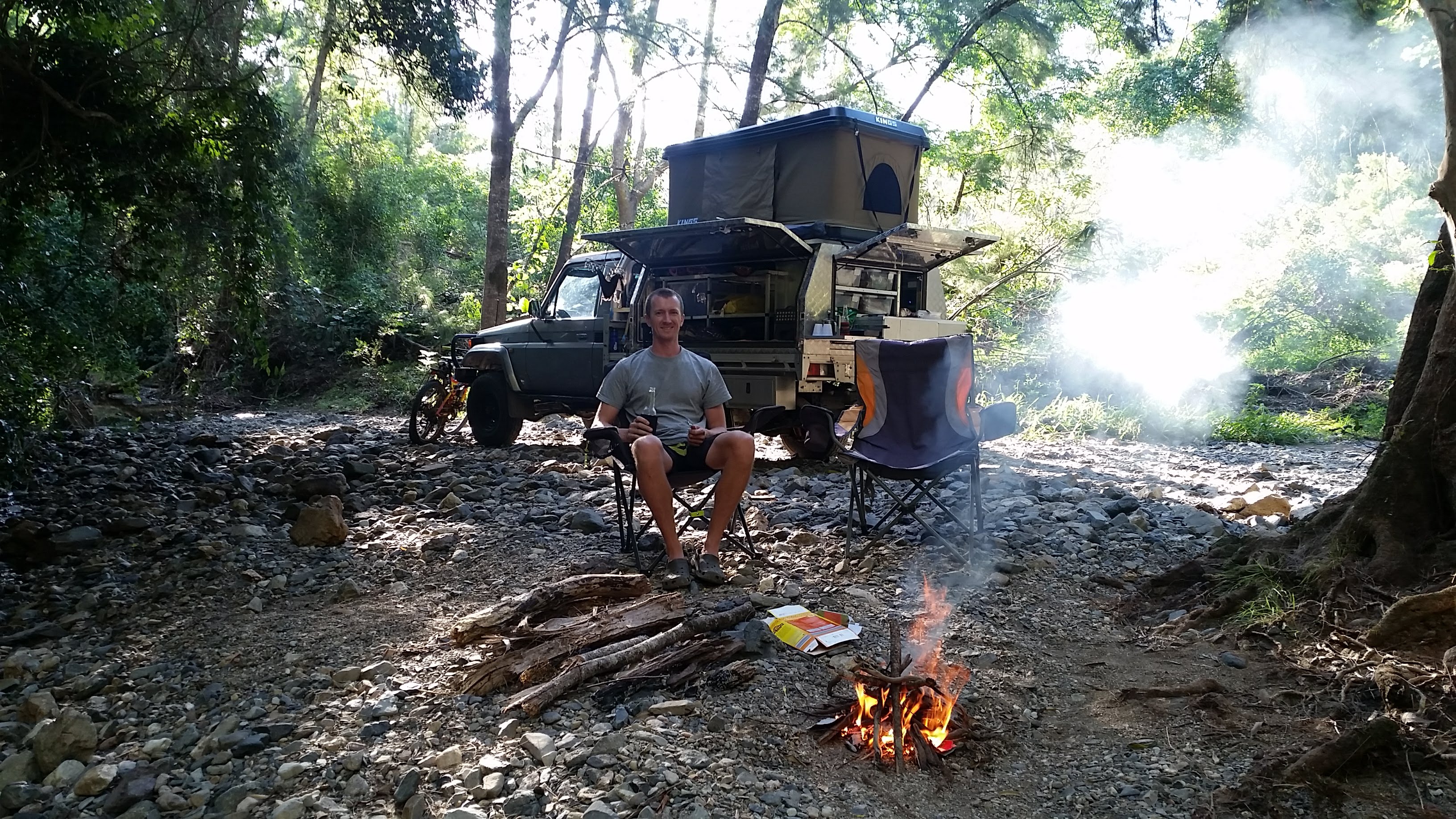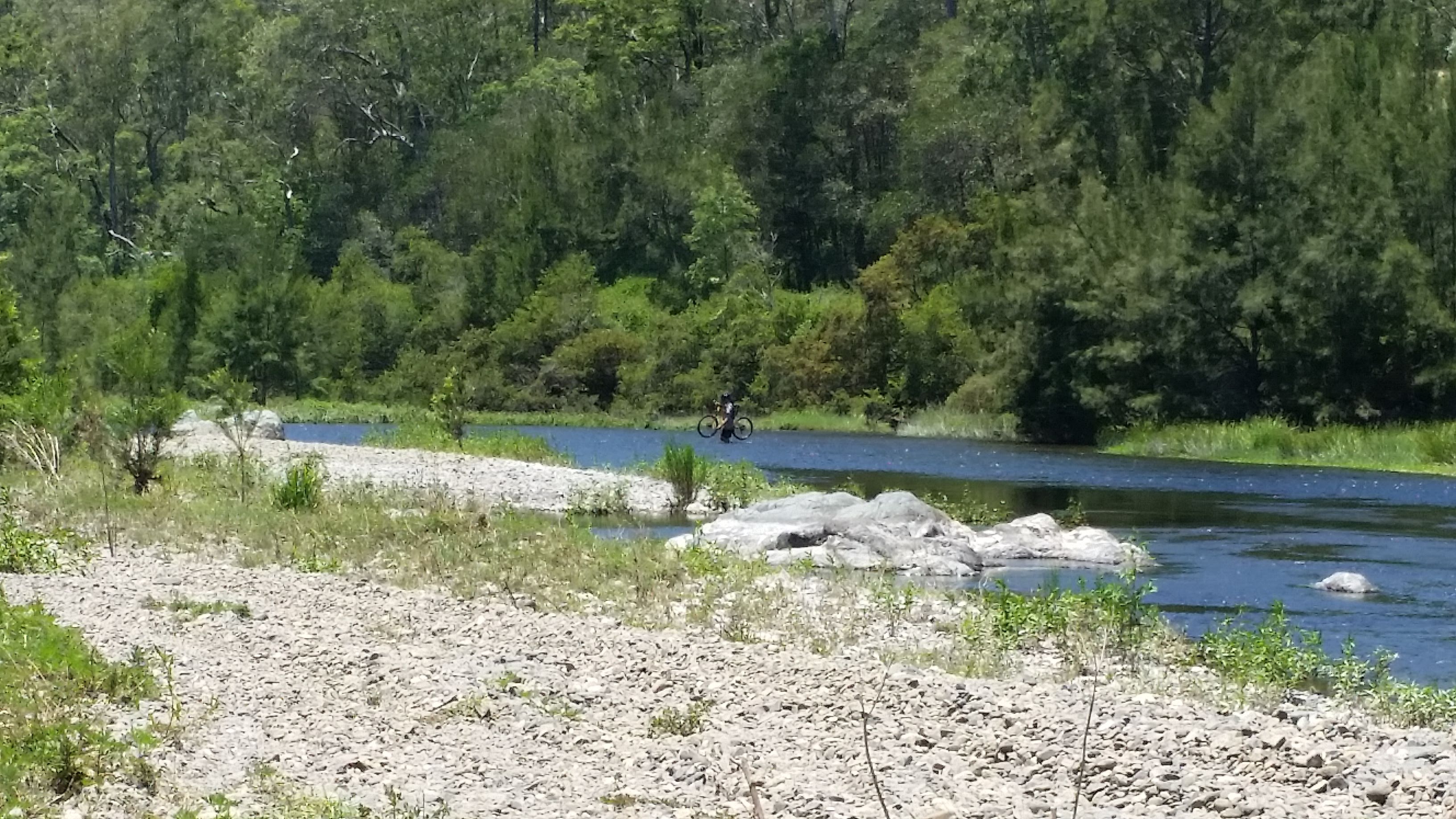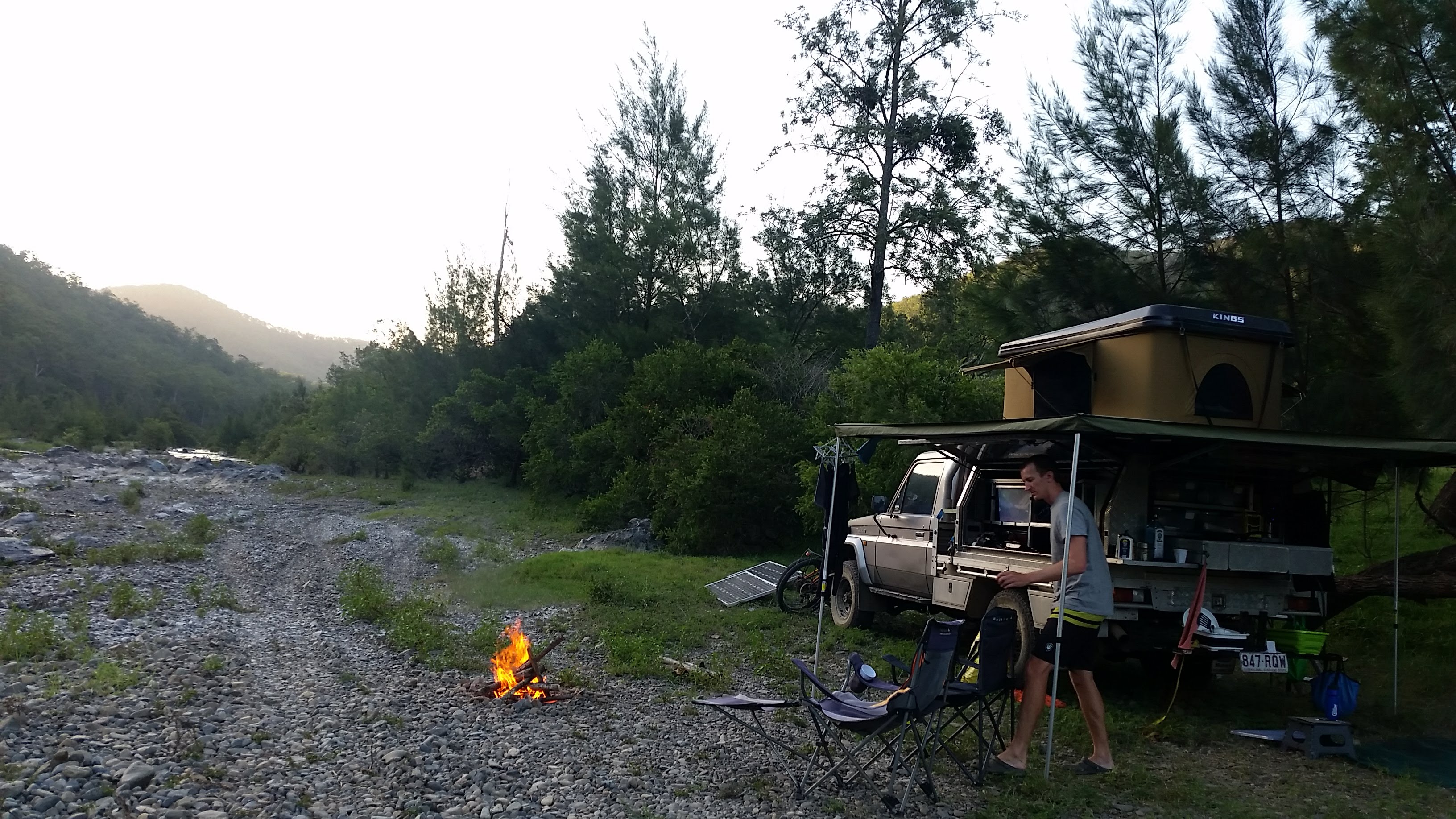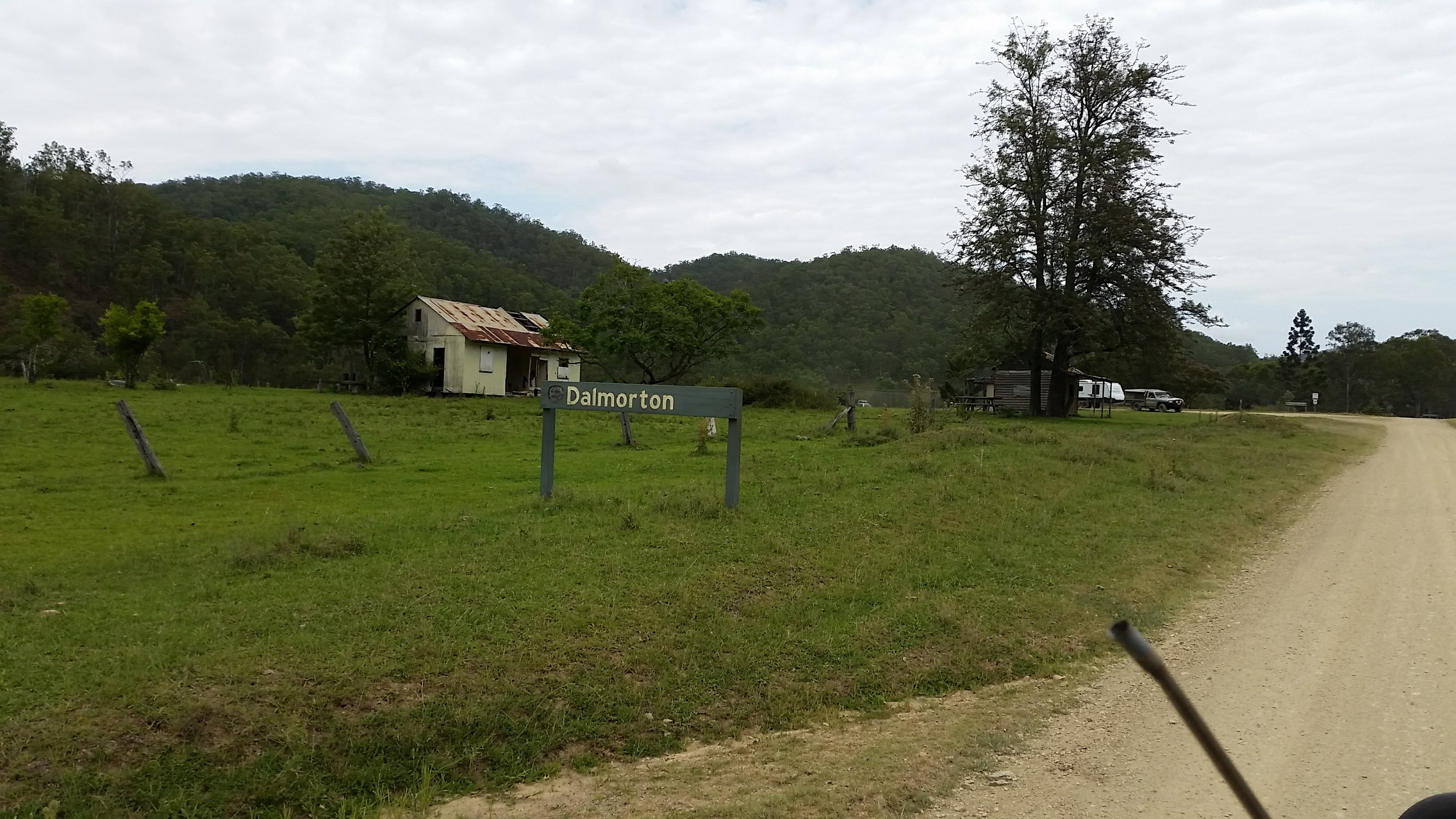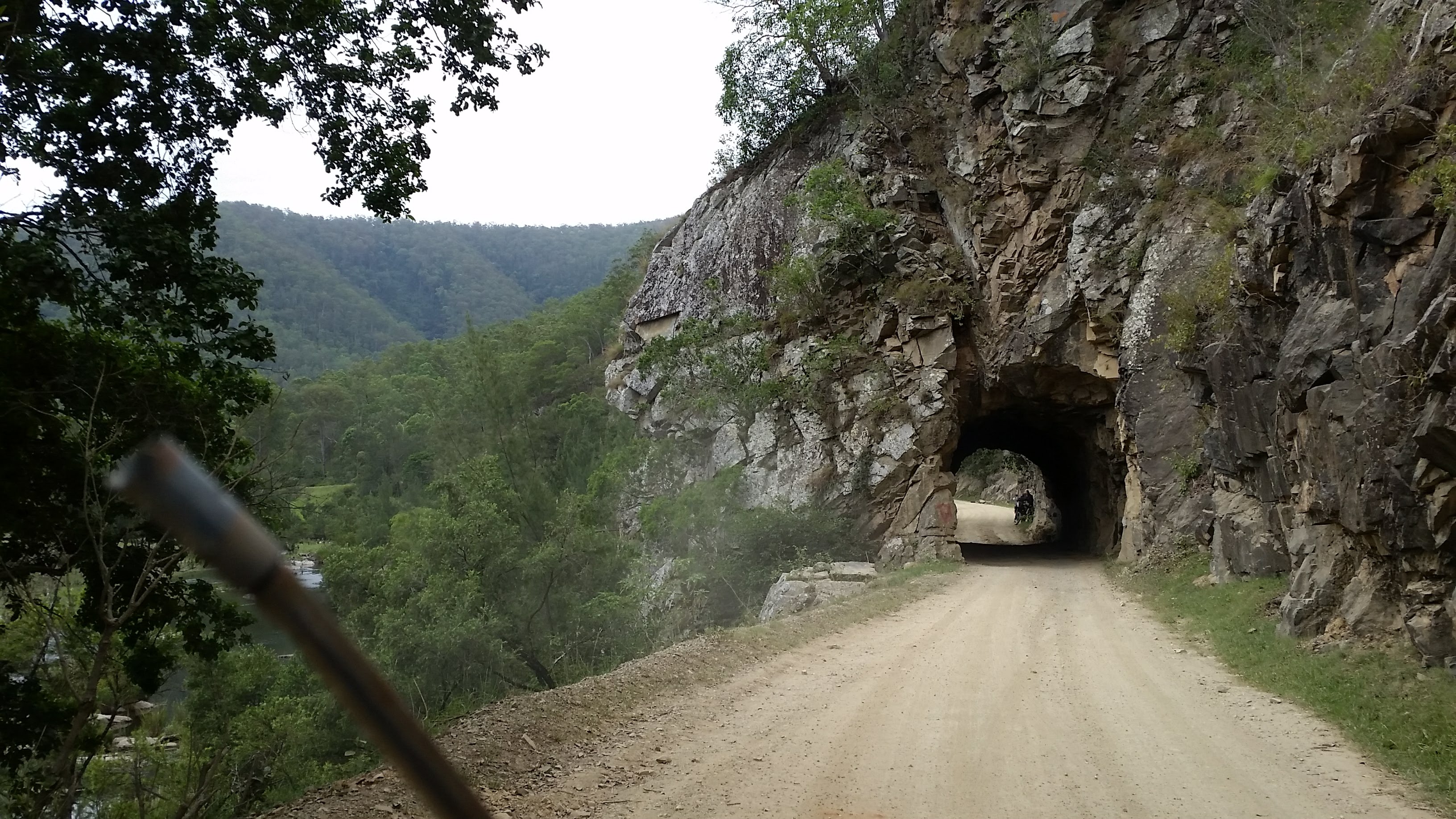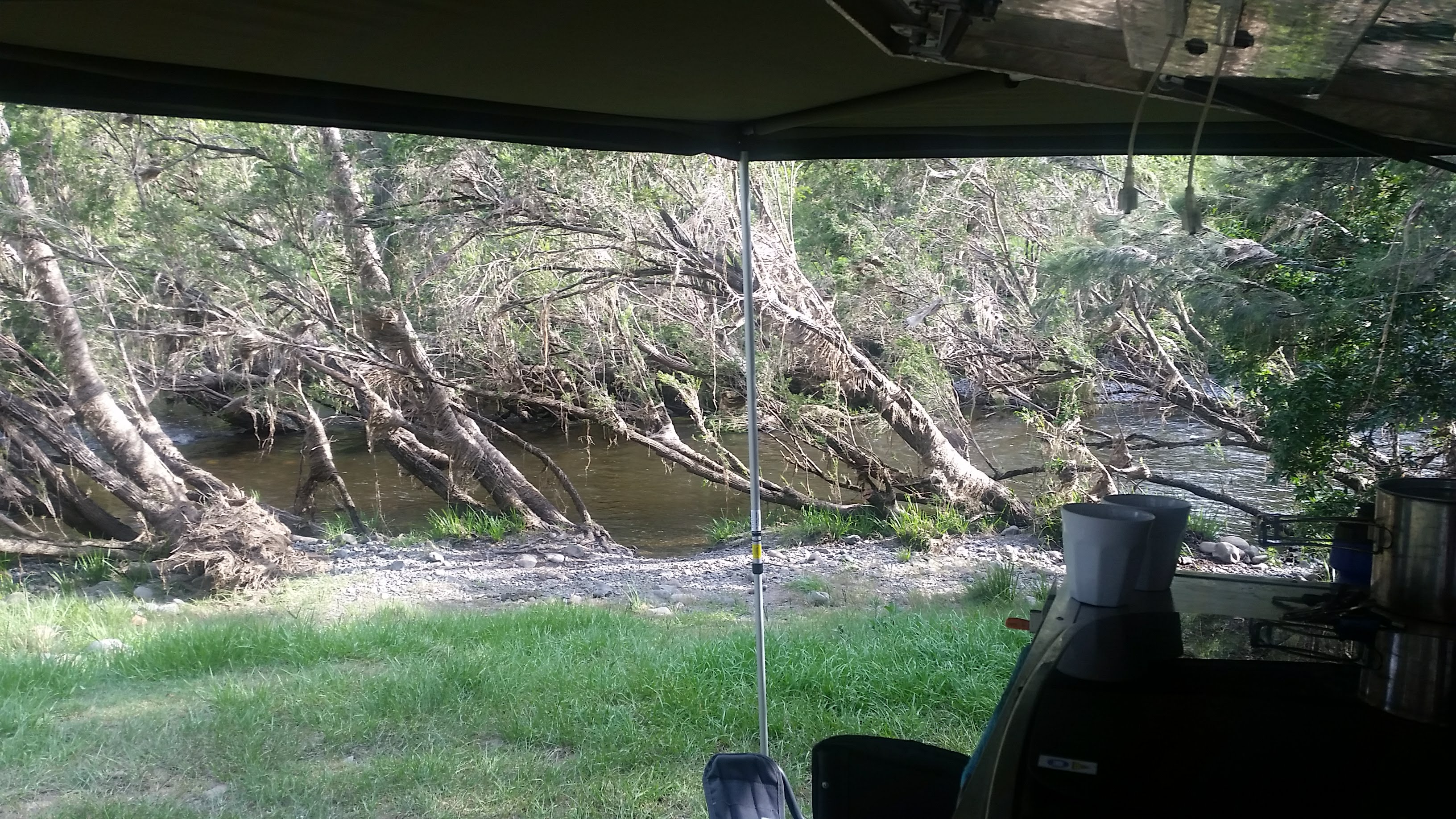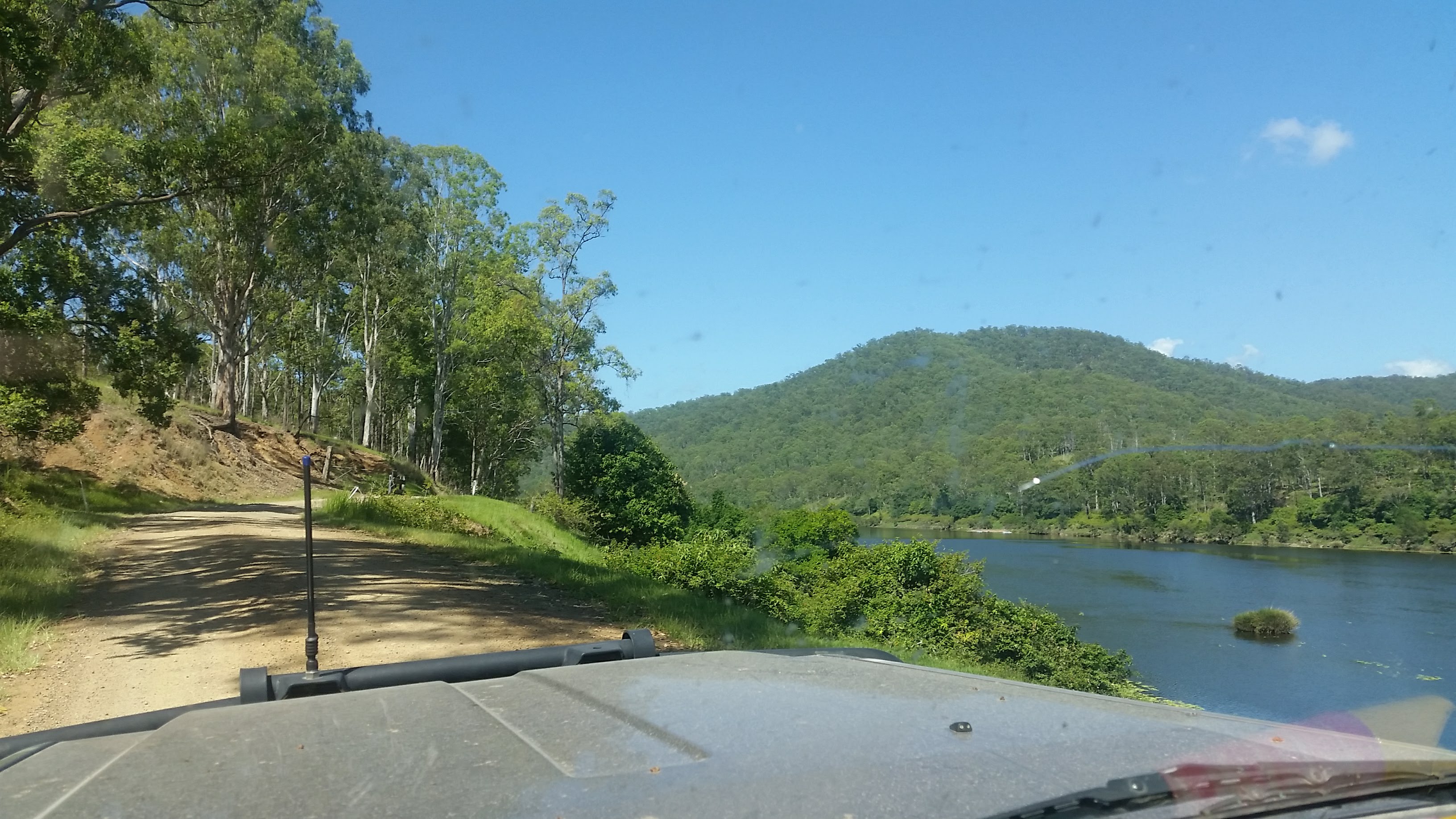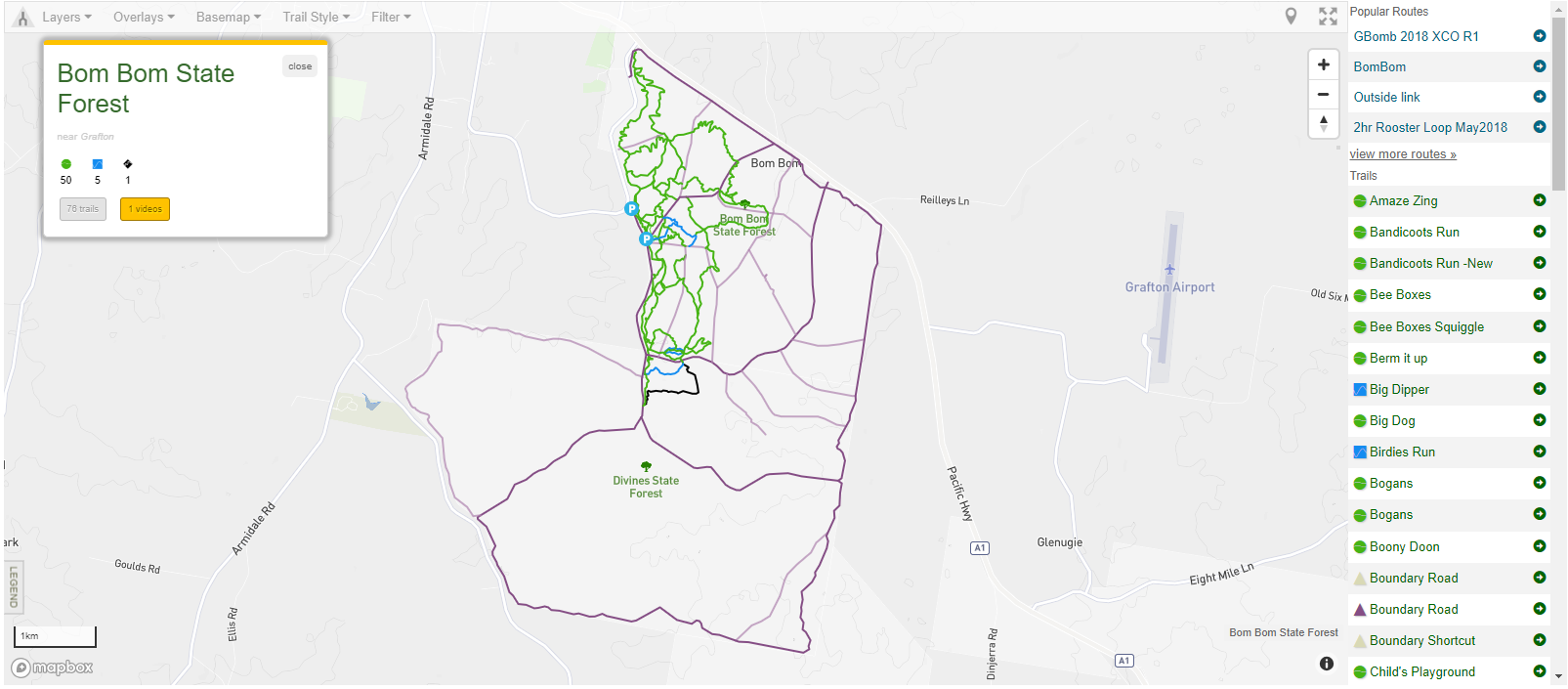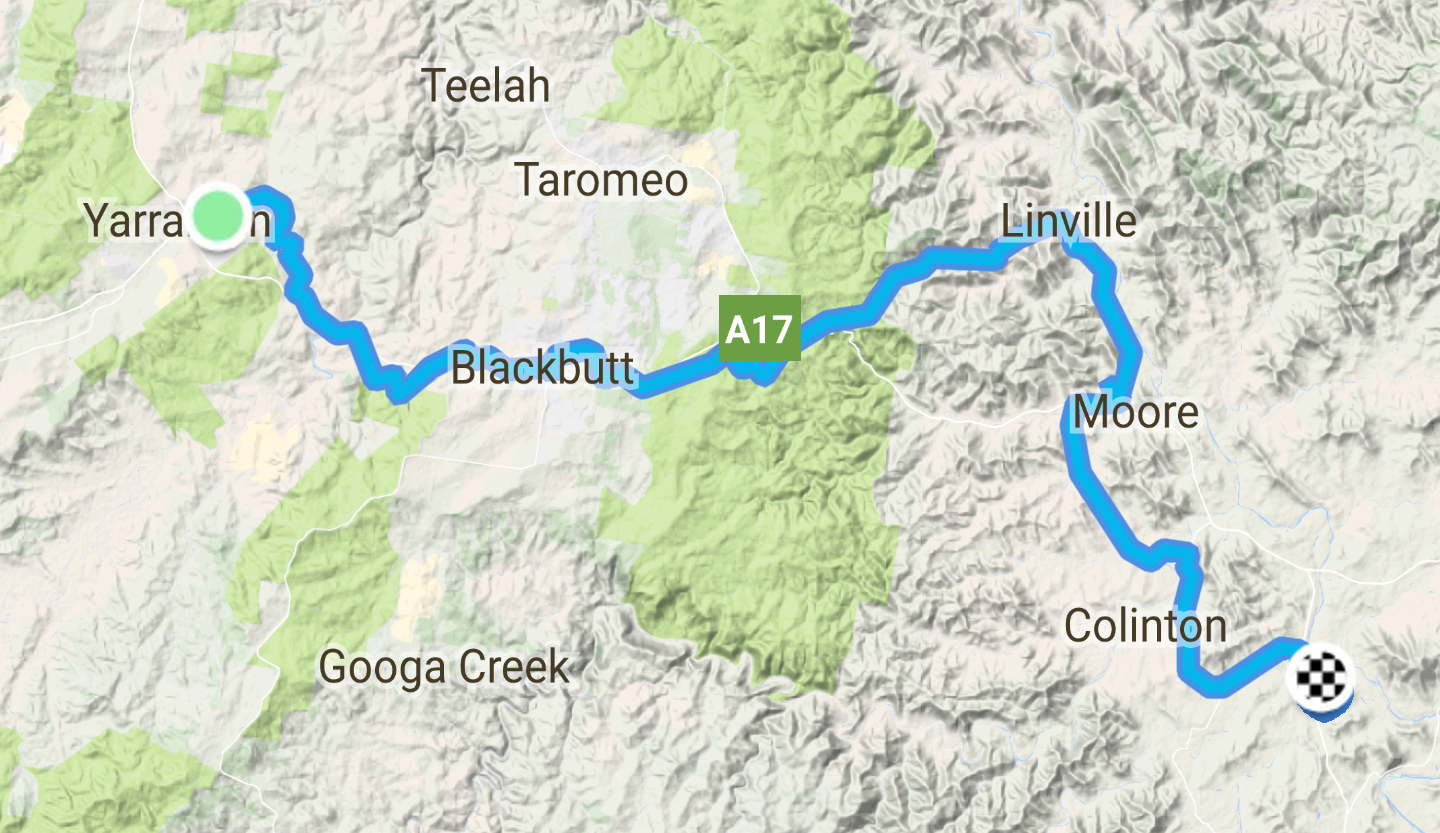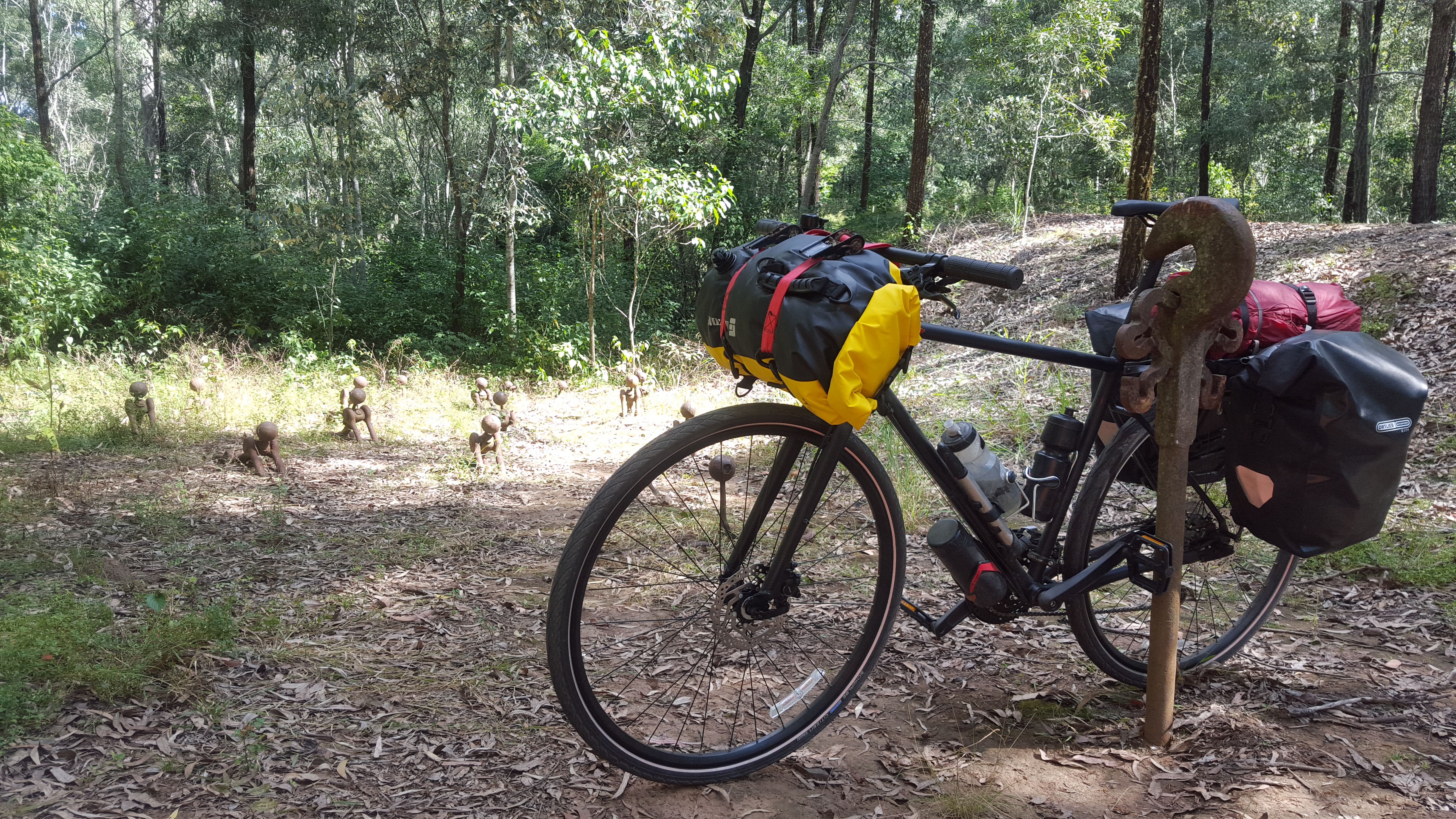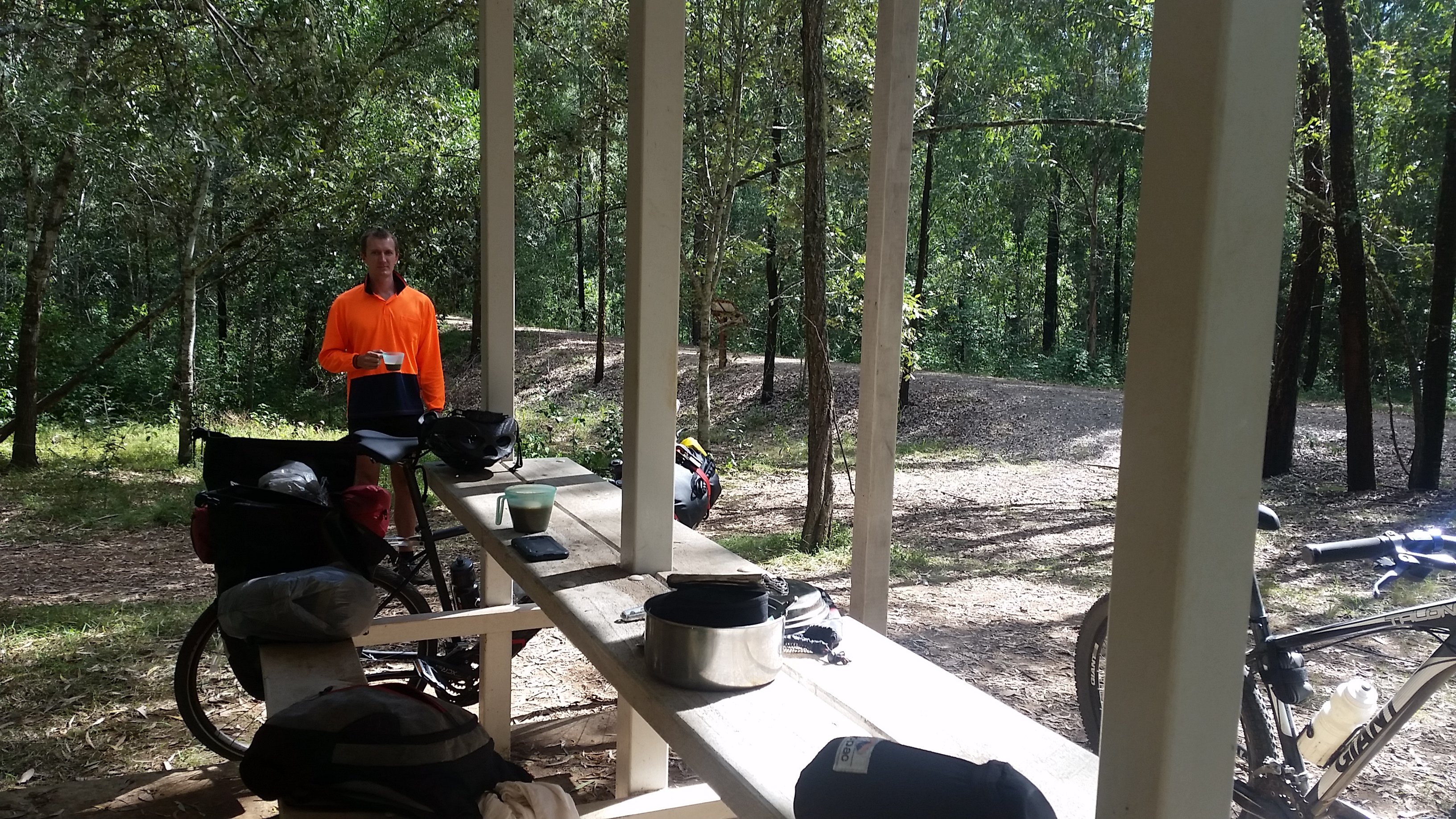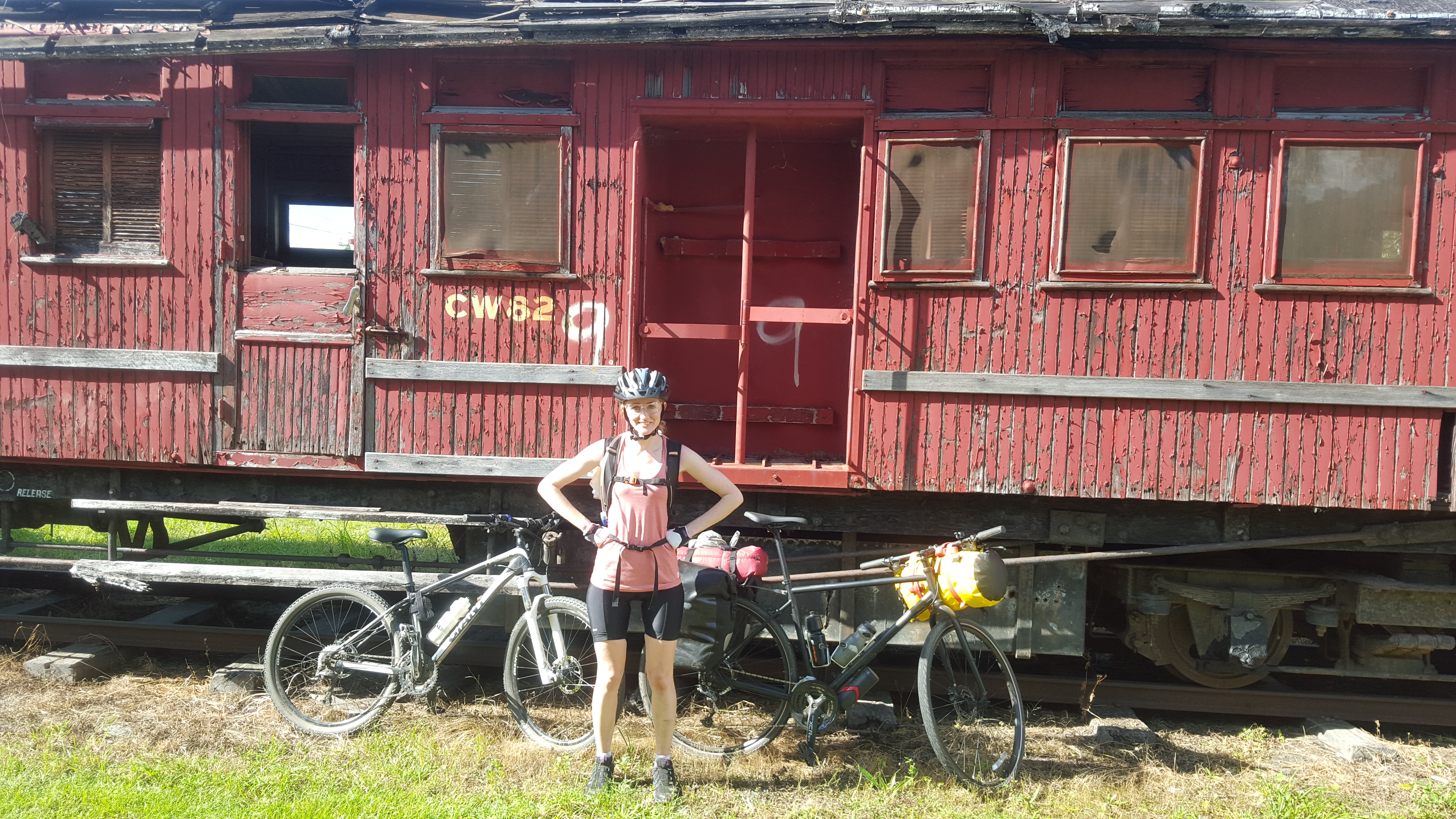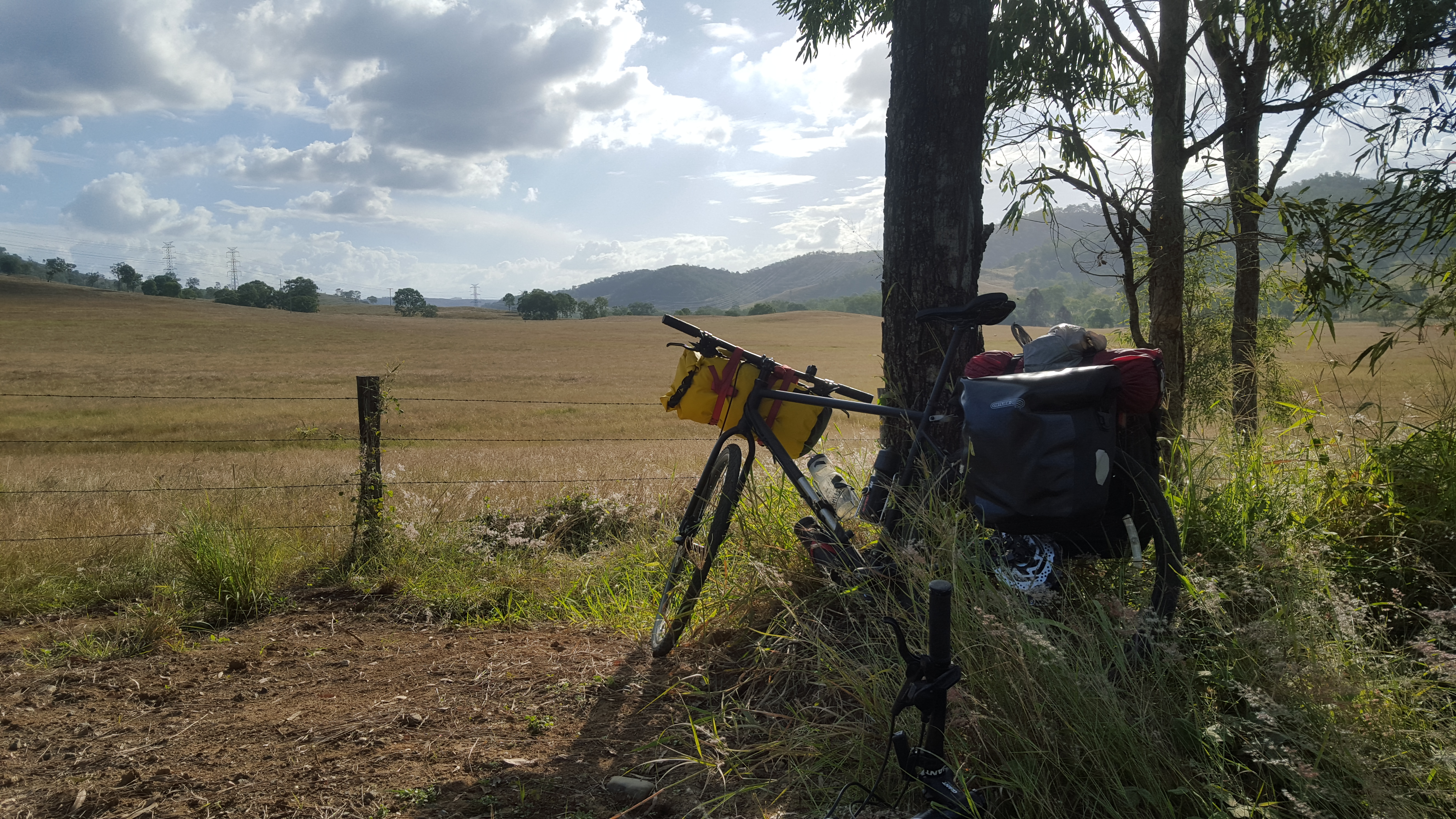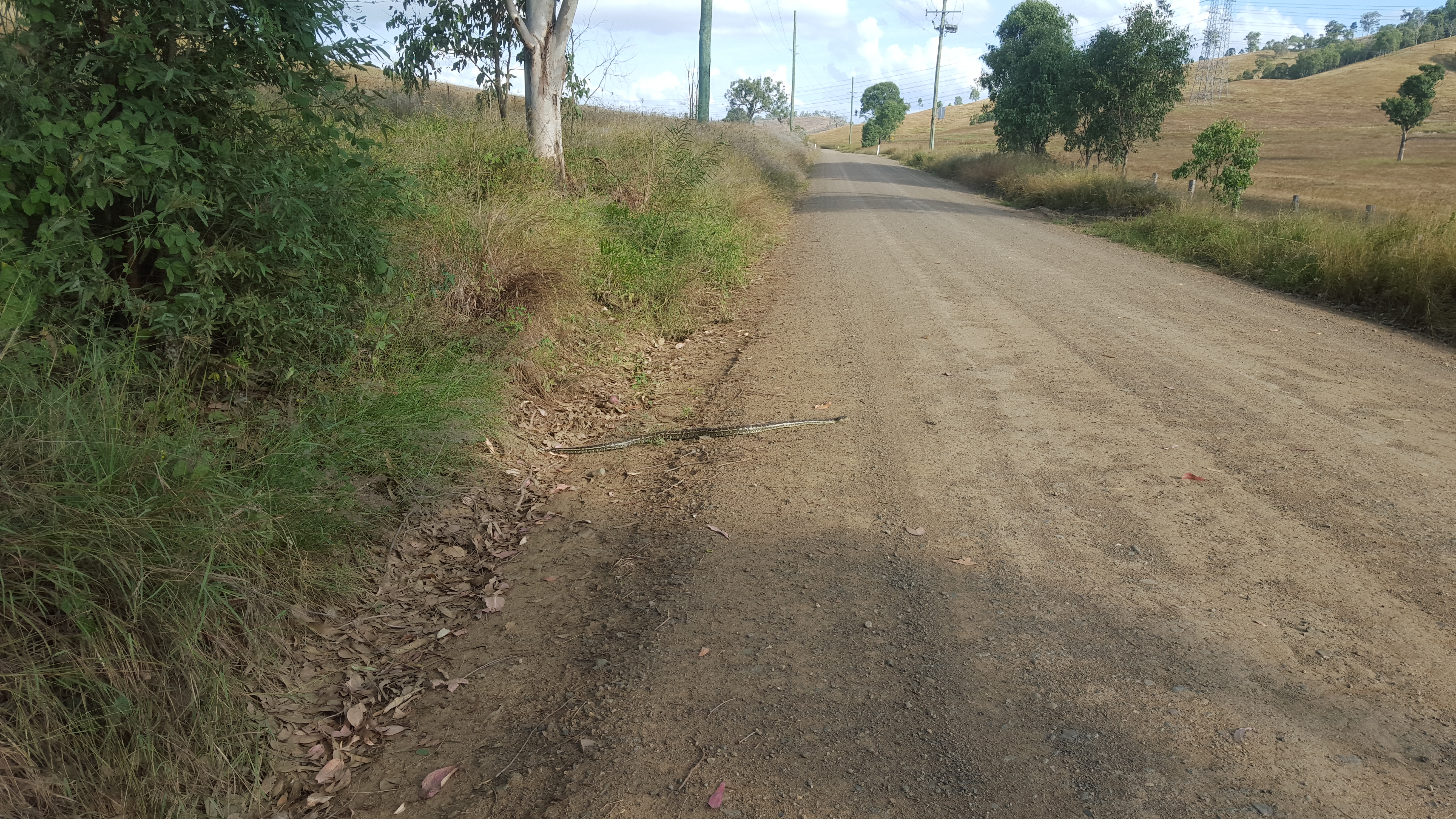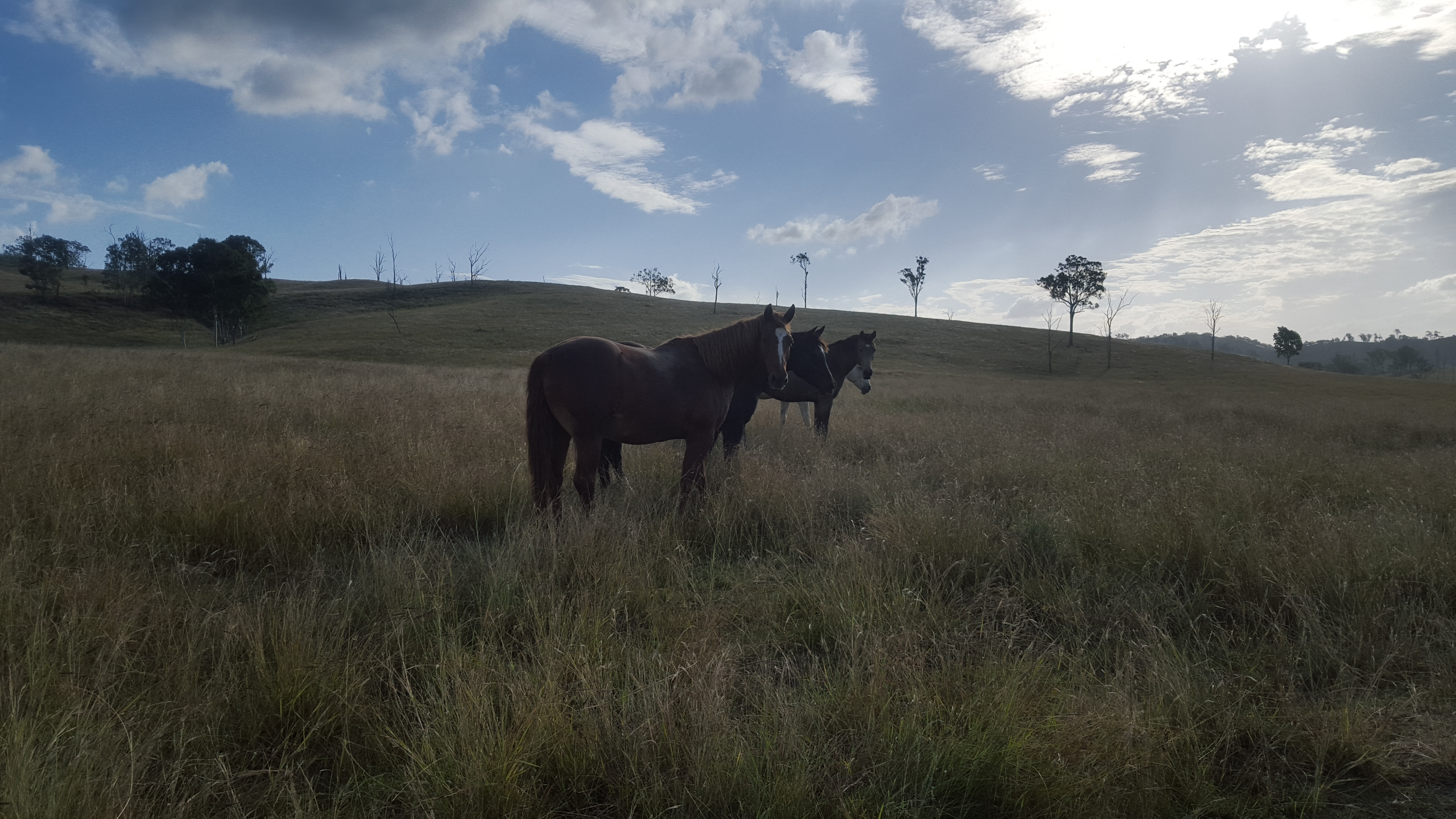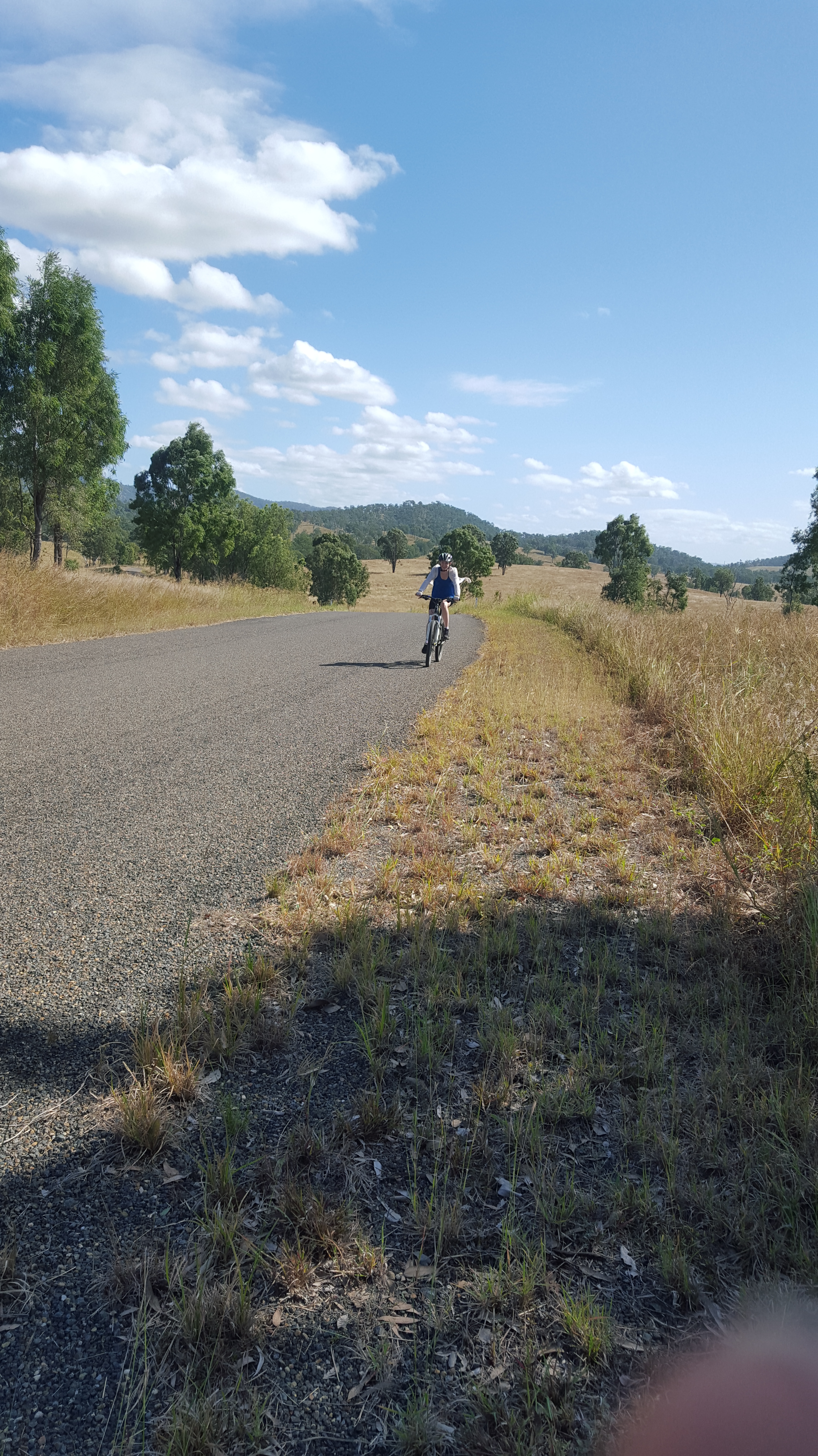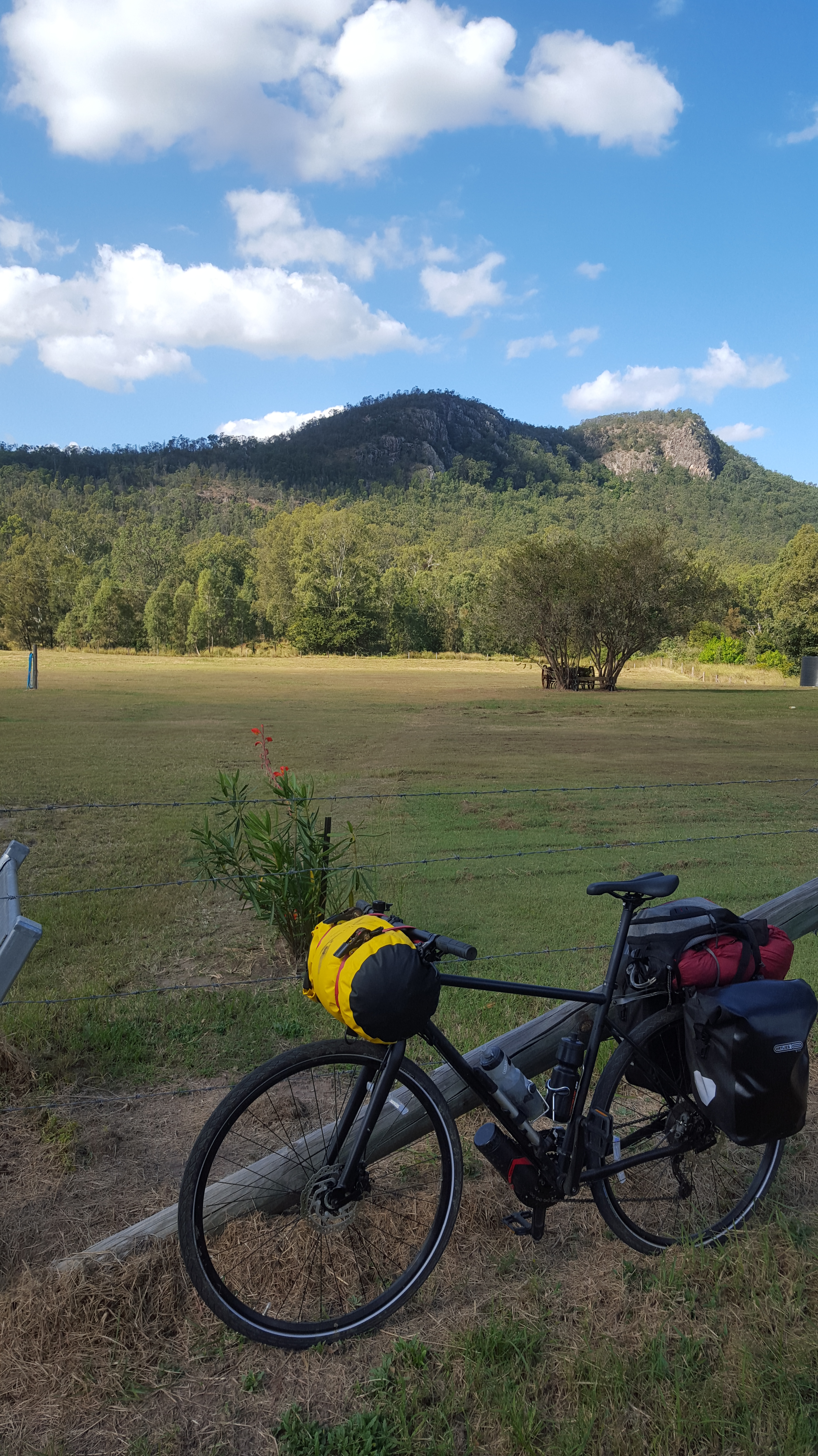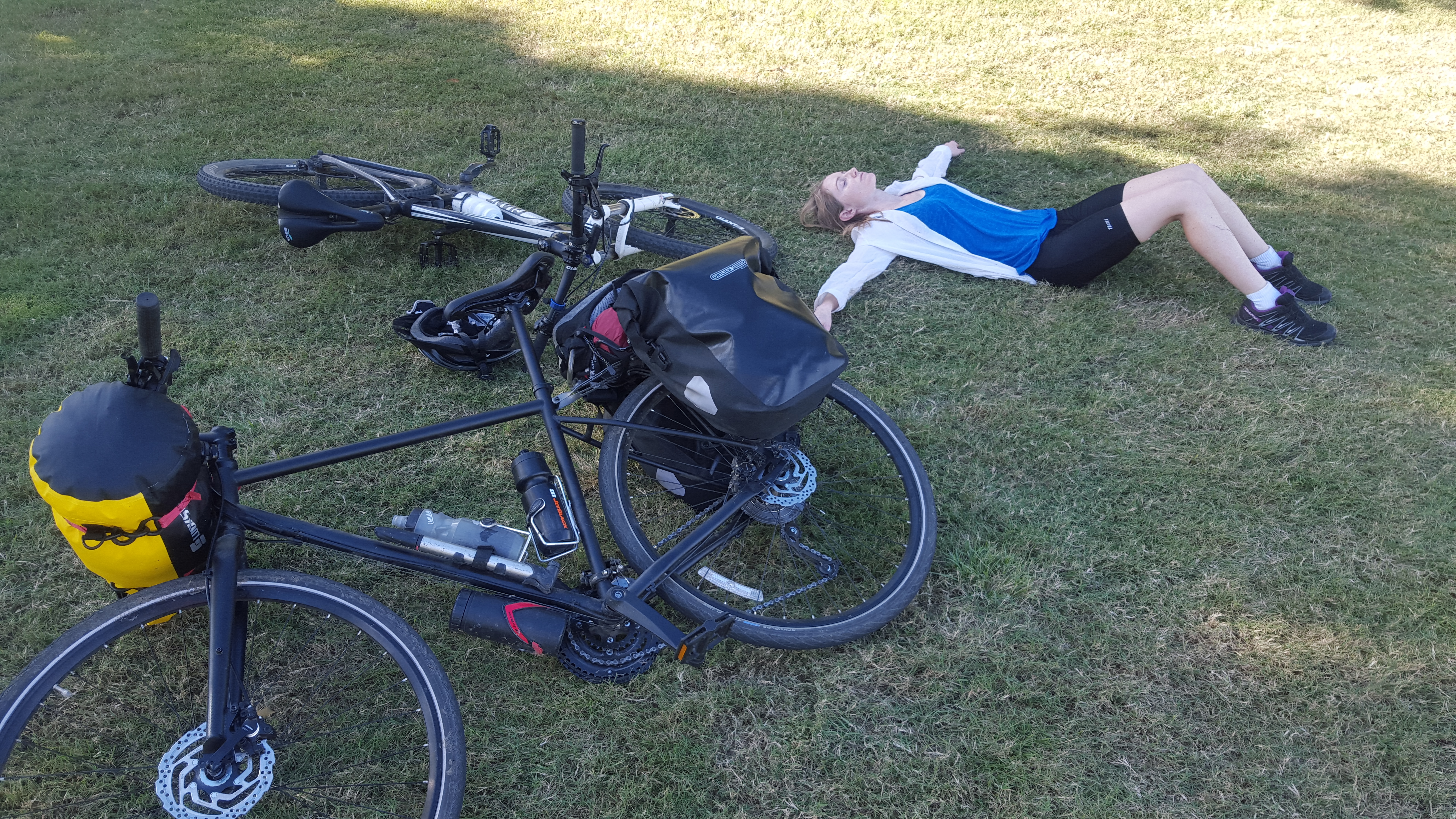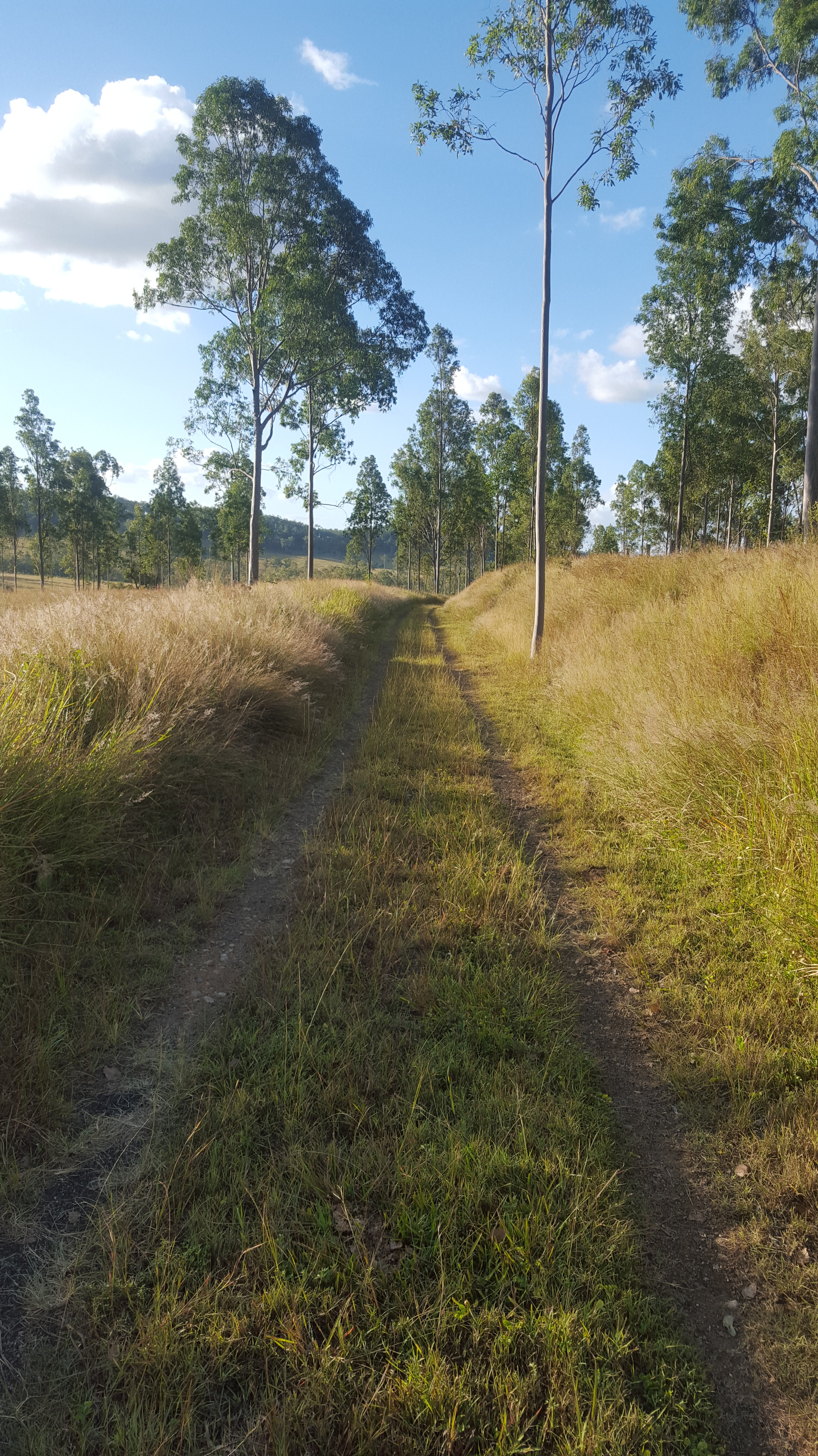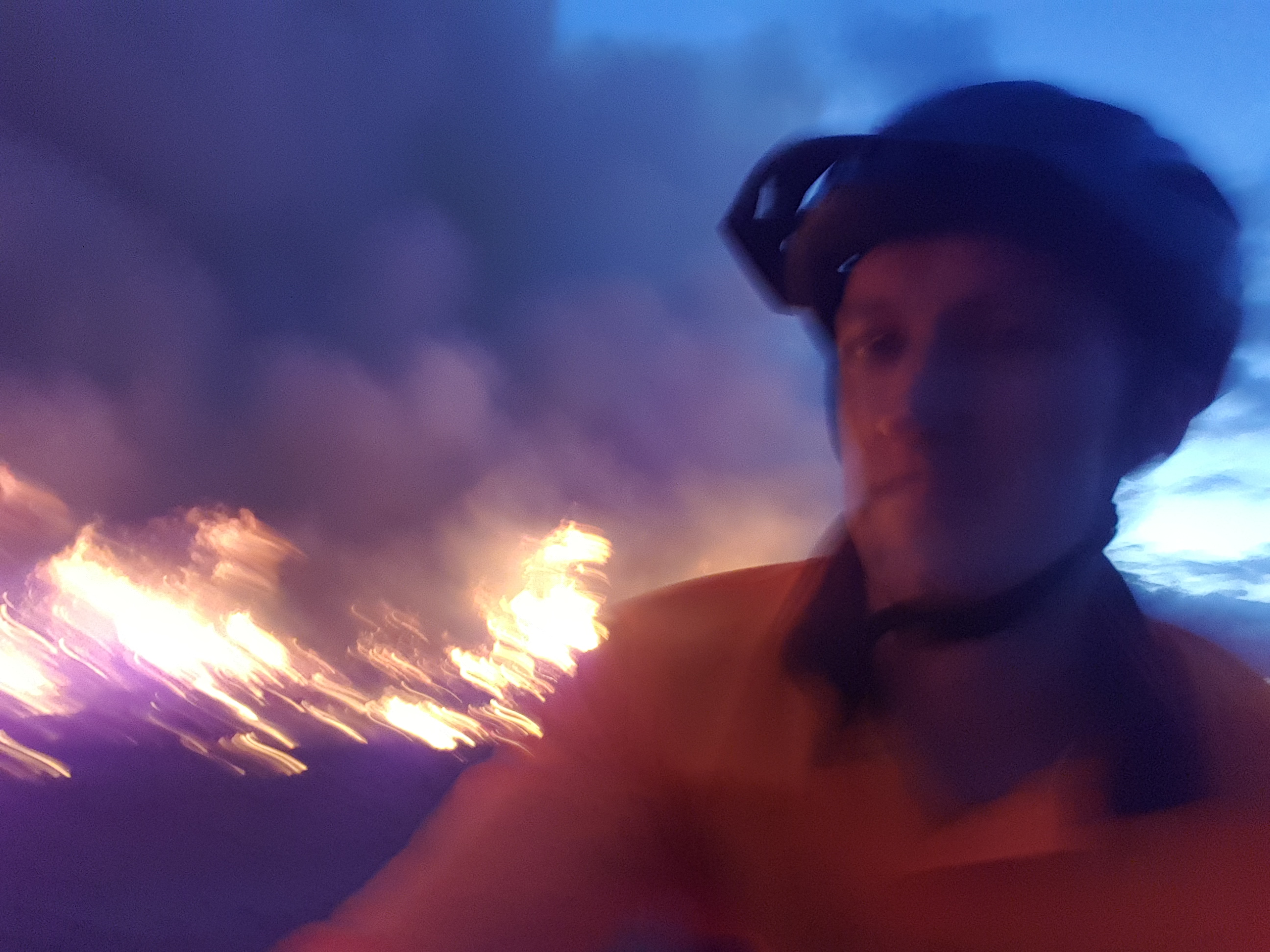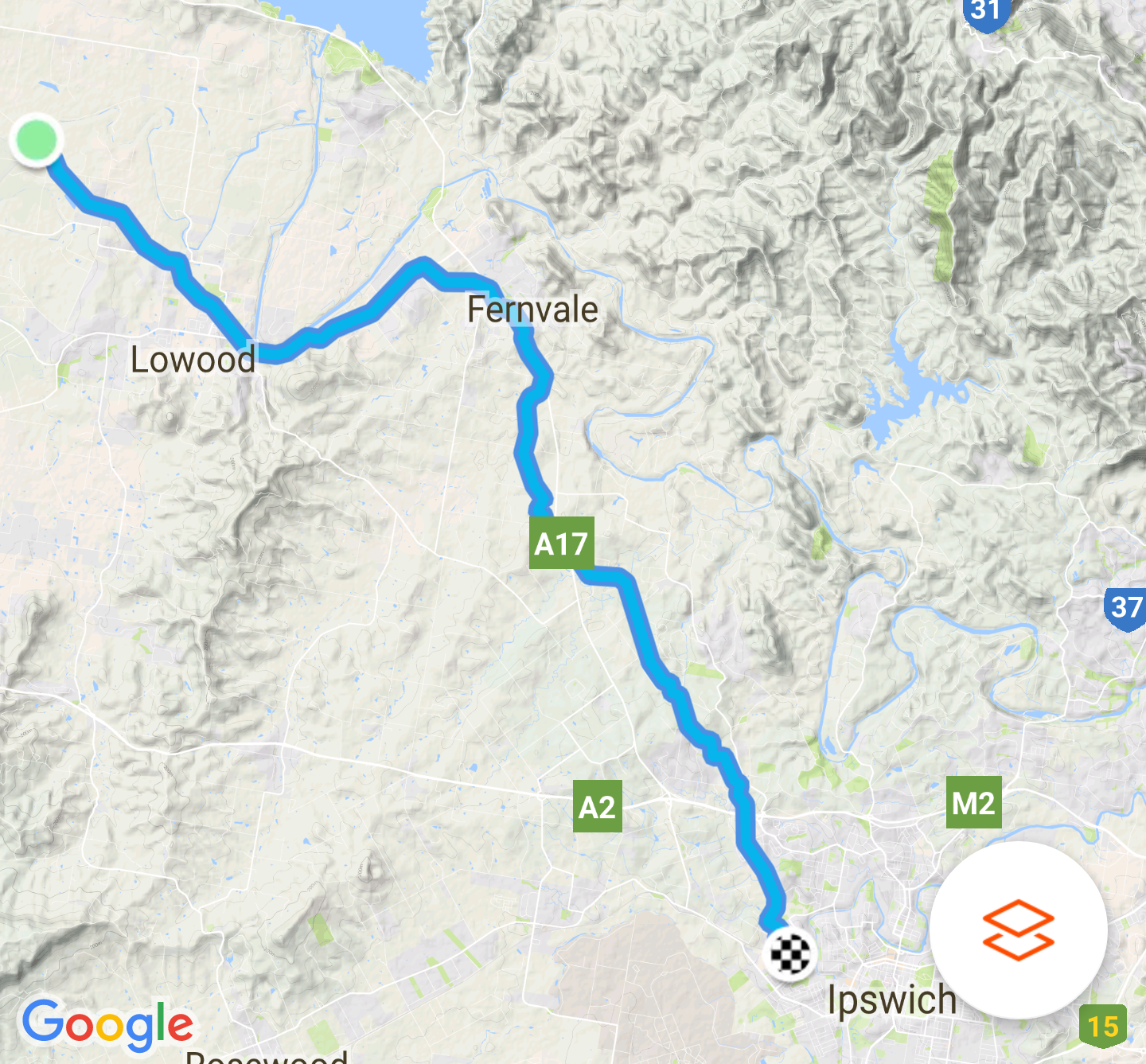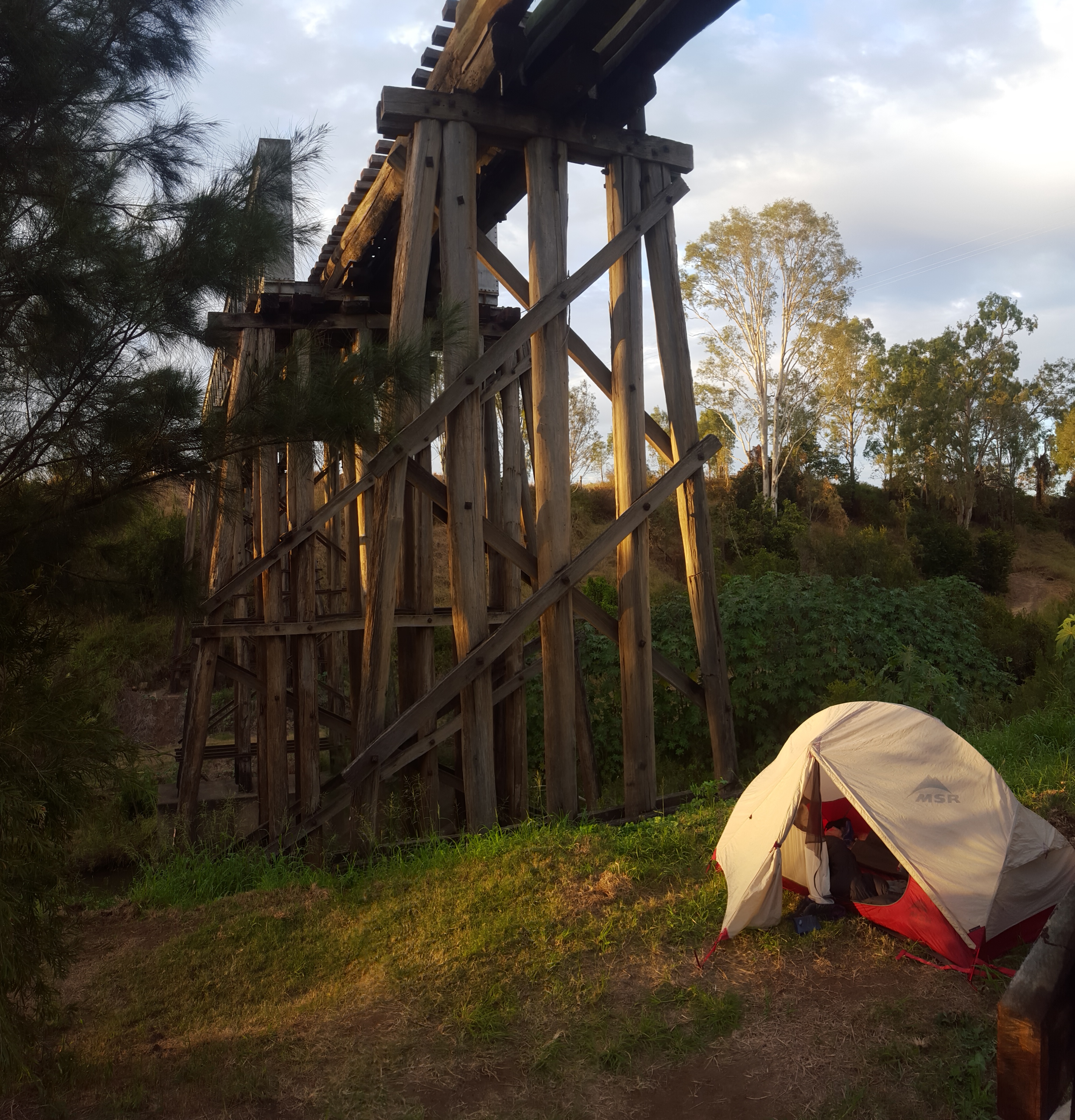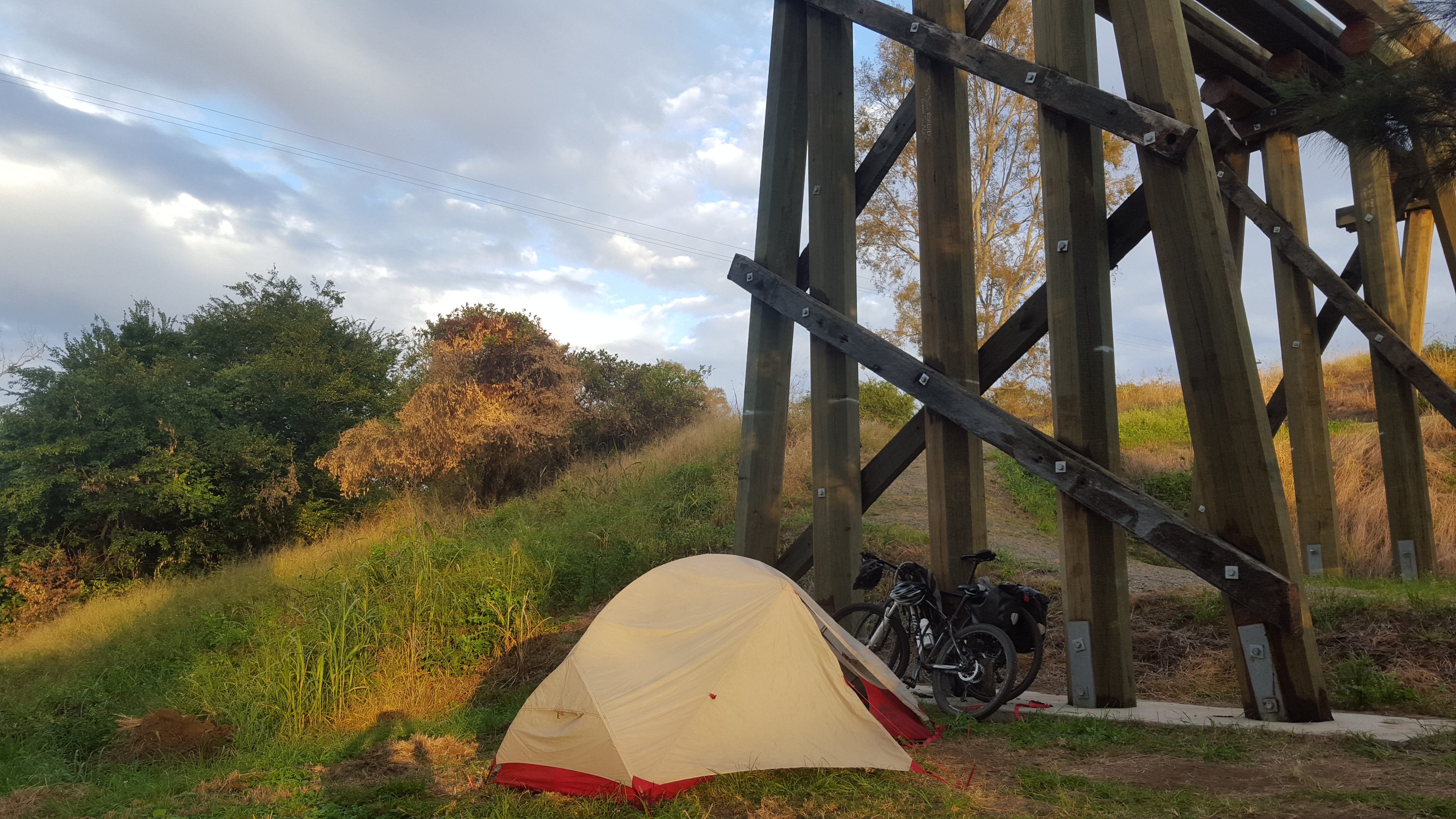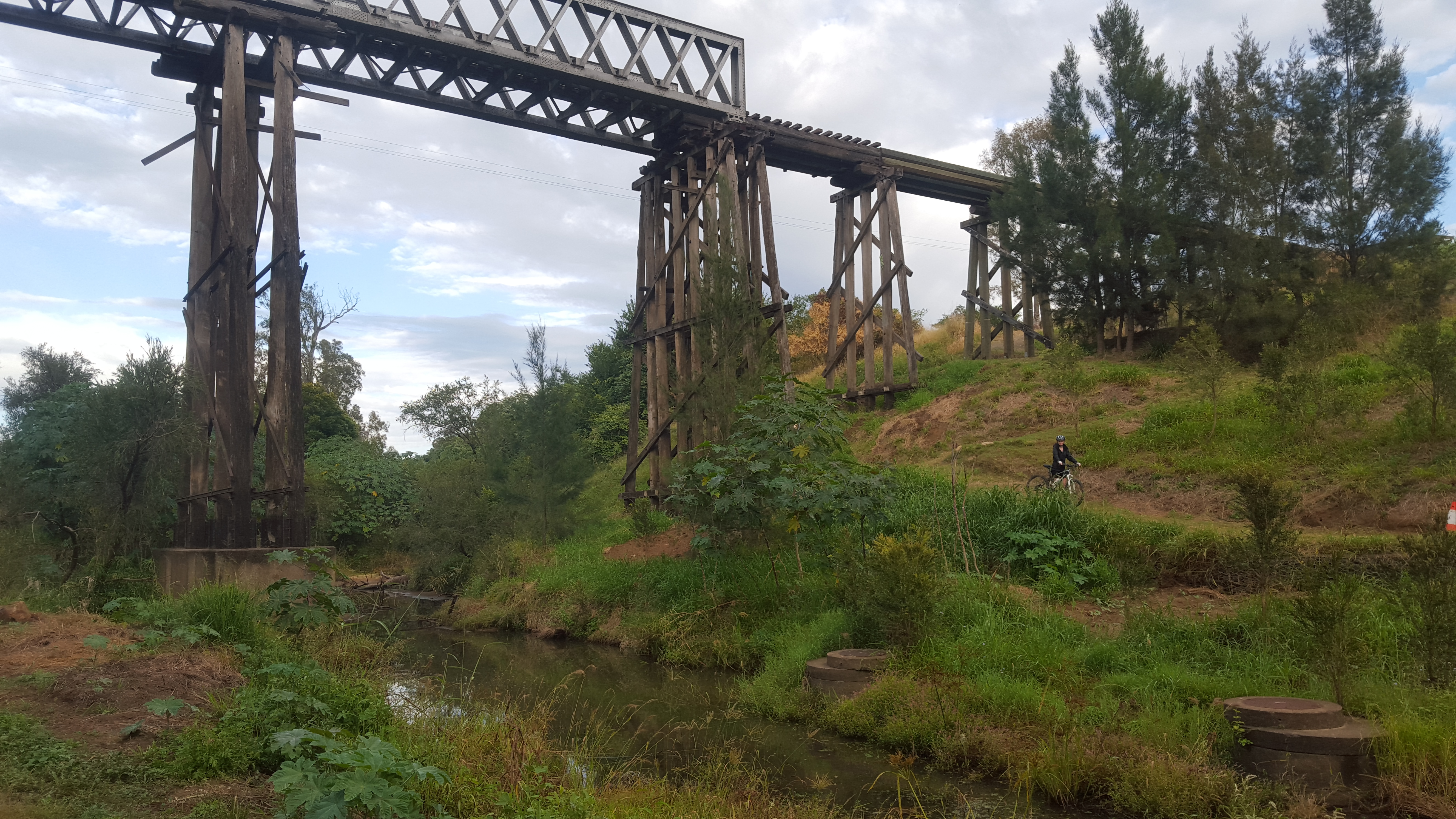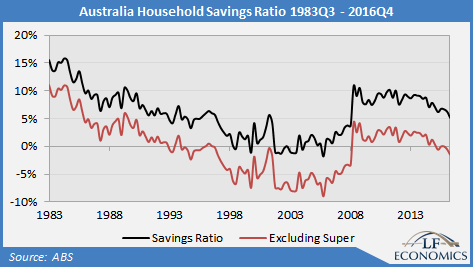“A wise mans life is based around fuck you” John Goodman in The Gambler
When I’m not being extreme or rambling about things on the internet I’m sometimes paid to get things done in a certain way for a certain cost in a certain amount of time as a project manager.

A project is basically a methodical way to get from a starting point to an end point. A lot of the formal project things that you do for a project apply equally well to other things where you are going from a starting point to an end point . One of the key things at the start of any project is the part where you spend time planning and analysing by considering things like the following:
- Working out what the end point looks like
- Working out the steps and order to get to the end point
- Forecasting the amount of time to get to the end point in enough detail so that you can track progress
- Forecasting the cashflow for the project in enough detail to know if you’re on track
- Analyse the constraints
- Analyse the assumptions
- Analyse the risks
We took care of number 1 in the above list in a previous rambling. By using the 4% rule (or similar) you know where you need to get to.
We’ve somewhat taken care of number 2 in the above list in the previous rambling where I gave an example about my investment approach, which provides an example of how to get to the sum that the 4% rule requires to reach financial independence.
To take care of the rest, you need to make a plan. It’s important to do this for two reasons:
- If things aren’t written down they don’t really exist; due to the fallible nature of human memory and our psychological biases it’s likely that things that aren’t written down will change over time. For instance I think that my childhood landline phone number has 1 different digit than my brother does (he’s obviously completely wrong of course….)
- You need something visible to act as a prompt to remind you of your goal, track your progress and remind you of your plan when required. Investing can sometimes be an emotional and exciting affair, but it shouldn’t be. When emotions come into investing is when mistakes happen. You need to plan how you’re going to manage your investments in mathematical, rational, broad daylight so that when there is a time of excitement or emotion you can refer back to your boring plan and stay the course.
I can’t emphasise this enough; write it down. This is supposed to be serious and boring. Stick it up on the back of your toilet door so you need to look at it every day. Think about your future while lightening the load. Any good project manager would not try to deliver a project without first writing down the project plan. Your freedom and investment plan is a whole lot more important than a project, it deserves a written down plan.
Your investment plan should:
- State your goal
- Document your approach and the decisions that you’ve made so you can refer back to it in times of doubt, including the following:
- Asset allocation
- If using ETFs which ETFs
- If using a managed fund, which managed fund
- Rebalancing policy if applicable
- List all assumptions and constraints
- Income
- Expenses (before and after Financial Independence)
- Assumed average return
- Withdrawal Rate (4% rule or similar)
- Current savings
- Forecast progress in a method that can be tracked at appropriate intervals
- Do a risk analysis, capture the relevant risks and what your actions will be if they eventuate so you won’t be making decisions on the fly, you’ll be executing well thought out plans.
- What if you lose your job?
- What if your assumptions are wrong?
- What if the stock market crashes?
- What if you come into some money or get a pay rise?
When I went through this exercise I put together a spreadsheet that took all constraints and assumptions and turned them into the following outputs:
- Time until financial independence
- Savings needed to retire, and
- A forecast to measure progress against.
This spreadsheet lets you analyse your constraints and assumptions and modify them to see how the outcomes change. It’s a powerful tool to crunch the numbers for hypothetical situations.
You can get download a copy here: Financial Independance Calculator 1.0
Here is an example for someone who:
- Earns $60,000 after tax
- Currently has $20,000 of savings
- Spends $2,500 per month and expects to spend $2,000 per month when they retire

You can see that they need ~$630,000 to reach financial independence, and that will take approximately 12.7 years. You can also see that when they reach financial independence and stop working their wealth will continue to snowball. In 28 years time they will have been retired for 16 years and will be a millionaire. If you take their Superannuation into account they will have a substantial wealth of $1.8M, and this is after not having worked for 16 years!
If you change some of the variables you can really start to get a sense of what things matter on this journey to financial independence. For example, here’s the same scenario but with spending $300 less per month while working and spending $200 less per month after retirement. You can see that it take almost 2 years off your working life!

Combining that with some of the other things you might need to consider as part of your investment plan (some things were mentioned in part 5) may look something like the following example:

Writing down your investment plan and sticking it up somewhere in your house so it’s visible shows your high level long term goal and your annual progress in tracking towards that goal. This will provide a readily available reminder of the core decisions that you’ve made and show what those decisions will compound to over your investment plan timeframe.
For a large important project such as buying your freedom; the planning and tracking should go that one step further into the detail than what we’ve covered above. High level plans are great, they show where you’re going and how to get there, but for something as important as buying your freedom back from wage slavery, you should take the detail that extra step further to allow you to monitor progress to a detailed level, at least until your trajectory is well known and stable.
To go into this level of detail you should track every expense and every income. You should already be convinced of the necessity of knowing your average spend to allow you to use the 4% rule to work out how much money you actually need to retire (as mentioned in part 3 and part 4). If you track every expense and every income you can use the power of spreadsheets to track in real time:
- your net worth,
- the amount of money needed to retire and
- the amount of time to get there.
This is a worthwhile exercise as this provides a feedback loop that reinforces the relationship between expenditure and time until you can actually buy your freedom.
I’ve made a spreadsheet template to do this which you can download here – Your life in a spreadsheet 1.0 – TEMPLATE
Here’s how it works:
Data Entry Tab:

This tab is split up into Expenses on the left and Income on the right. Here you record every transaction date, category, sub category and amount. You do similar on the income side. I’ve included sample transactions in the spreadsheet to demonstrate how it works.
The next tab is the Dashboard:
While this looks like an intimidating tab, it provides a lot of information to allow you to track your progress.
The main things you need to input are the safe withdrawal rate and your assumed rate of return, given in yellow below.
You will also need to refresh the two pivot tables to reflect new information as it’s entered into the data entry tab. The two pivot tables are the Income and Expenses tables given below.
From the transactions entered into the Data Entry tab a number of useful things will be calculated per month to allow you to track your progress. In the top left corner your performance will be calculated for 3, 6, 12 month averages as well as from the beginning of when you started tracking your data.
A task you should do at the end of each month is reconcile your recorded transactions from the data entry tab with your account balances in the Balances section . This will make sure that you haven’t missed any transactions, expenses or income.





This tab also provides information to allow you to review your expenses in the columns to the left of the expense pivot table. For each expense subcategory the following information is calculated:
- Your average spend per month
- The amount of money you need to save to be able to support that average spend indefinitely, and
- The time you need to work to be able to spend your average amount in that subcategory.
This is a powerful thing, for example, using the sample numbers given in the spreadsheet gives the following two different outcomes for hypothetical take-away food spends per month:

For an average spend of $300 dollars per month on take away food the hypothetical person would need to save $90,000 to maintain this average spend indefinitely, which would take 4.21 years.
However, if by reviewing their expenses every month, considering if that expenditure actually makes them happier or not and reducing the average take-away spend to $150 per month; the amount of savings the hypothetical person needs to sustain that average spend indefinitely drops to $45,000 and they save 2 years off their working life! And that’s just from take away food…
People are generally really bad at relating short term actions to long term consequences. Some examples are fat people eating too much and smokers smoking until they get lung cancer. The power of this spreadsheet is that it shows the direct relationship between your short term expenditure actions and the long term consequences of how long you need to work to support these short term actions.
Charts Tab:
The next tab shows your progress in 2 charts. The first chart shows your Total Income, Expenses, Net Savings and Income from Investments per Month. The second chart shows how your total savings have increased over time. Every time you update the pivot tables these charts will automatically update.

Investment Tab:
The investment tab provides a way to track your investment performance and asset allocation:

Each time you buy a share / ETF you record the transaction details in the bottom yellow section and refresh the pivot table in cells a5:c10.
This provides a way to manage your asset allocation. By entering your target allocation and market value for each share the table will calculate how much you need to buy or sell to get back on target. It’s worth noting that if you wish to include your emergency fund in your bond asset allocation you will need to modify the formula in the Current Weight column to include this.
At the end of each month you capture the Market value and gain / loss numbers from the top table in the monthly reporting columns. This will allow you to input the Portfolio Unrealised gain or loss into the data entry tab for the month from the Gain / Loss per month row. This will then count to your total net worth over time.
To calculate the number of dividends you’ve been paid by each stock refresh the second pivot table in cells n20:o25. Make sure you capture the stock-code accurately in the comments for the share dividends in the data entry tab.
It’s also worth noting that if you choose a managed fund rather than managing your own ETFs / shares you will only need to record the monthly reporting information for input into the data entry tab.
Lists Tab:
The last tab of the spreadsheet contains the lists for the categories and subcategories of income and expenses. You can configure the categories and subcategories to match your needs. Just make sure for the Expense Categories that you use Name Manager to make sure the name of the Category matches named ranges that contain the values for the subcategories. Also make sure that you put in nil cost entries in the data entry tab to reflect the new sub categories (these are hidden in the top rows of the data entry section), you may also need to re-point the total expenses column in the dashboard tab to the bottom of the expense pivot table.
And that concludes this rather long winded series of ramblings. As this has been an epic multi-post ramble I’d like to summarise some of the key points for emphasis:
- Money is a direct result of a bargain you make with your employer to hand over a very large portion of your life. In effect it’s special paper life force tokens you can exchange with other people for other things.
- Your life, and by association money, is not a renewable resource, it is finite.
- There is a counterparty to every transaction and they are only entering into the transaction because they think it will be beneficial to them. By inversion it will probably be net negative for you
- Due to hedonic adaption you shouldn’t spend large amounts of your paper life force tokens on things that make you temporarilly happy that you will become used to and don’t increase your happiness in the long term. You should invert and spend your paper life force tokens taking things out of your life that make you unhappy.
- By committing to full time employment you’ve actually limited the time you are free to be in control of your life to only 2 days a week. Two days a week is but wafer thin Monsieur. Only when you’re in the position where you don’t have to work is any choice to commit to full time employment valid, up until that point it’s a decision made under compulsion.
- To optimise anything you need a feedback loop. Measuring and reflecting upon your expenses per category each month is a feedback loop that will allow you to optimise your spending so that you are not spending more on things that do not make you happy.
- If your salary gives you a certain amount of dollars per month, by tracking your expenditure per month you can invert that relationship and work out the number of months per dollar. You can then work out the conversion rate between the price of things and the amount of your life you are trading for that thing.
- The amount of money needed for indefinite retirement equals your yearly expenses divided by the safe withdrawal rate.
- It’s been shown historically that a 4% withdrawal rate could probably last indefinitely with a 75% stock, 25% bond mix.
- The most important thing that determines the amount of time until you can retire is your savings ratio. With a 4% withdrawal rate, no current savings and a 7% assumed return a savings ratio of 50% means you can retire in 15 years, a savings ratio of 75% means you can retire in 6.8 years.
- People are generally bad at relating short terms actions to long term consequences. In order to get to a point where you can buy your freedom you should forecast your plan to financial freedom and track every expense to turn that forecast freedom into actual freedom.
I hope that this has provoked some thought. No matter what the end outcome of that thought is, critically analysing your life choices or lack there-of is a good thing and should be encouraged by everyone.
I also hope that the spreadsheets and methods involved in this series provide some insight for some.
If you have any comments, suggestions or if you agree or disagree with anything that I’ve written and would like to let me know why I’d love to hear it. Please comment below.
In the next post I’ll provide a recommended reading list.
**You know when I first came up with the name for this rambling I thought it was some half remembered chorus from some techno dance song from my alcohol fuelled irresponsible youth. Later I realised it’s from a Pink song. The same Pink that teenage girls, “I used to be cool” mothers and effeminate men like. Wow.
